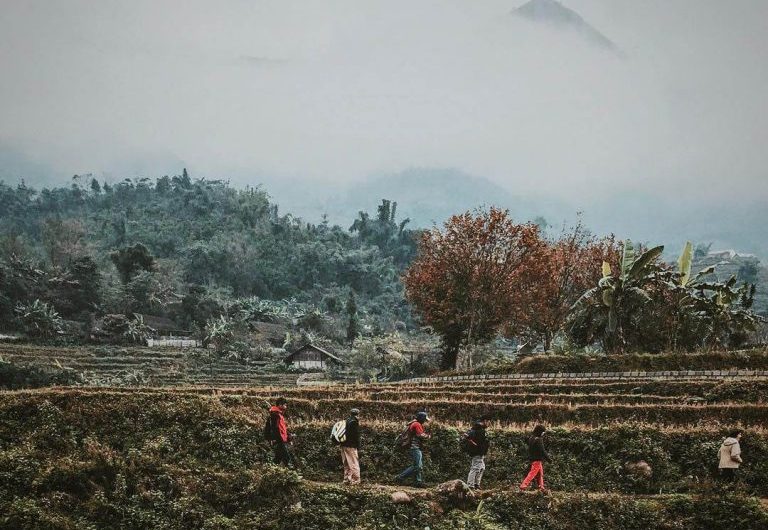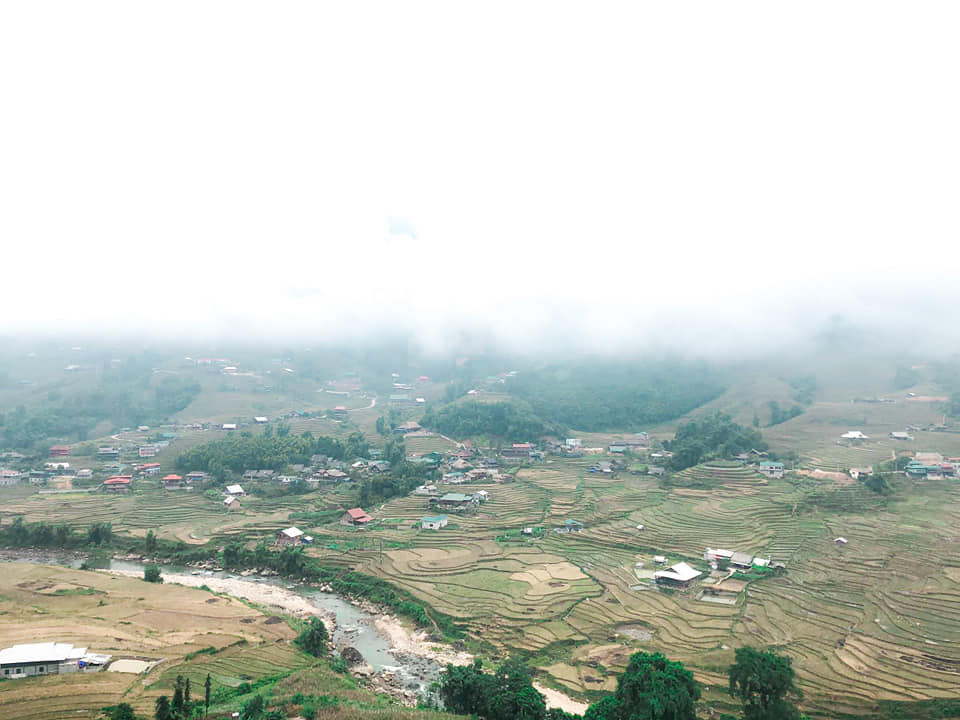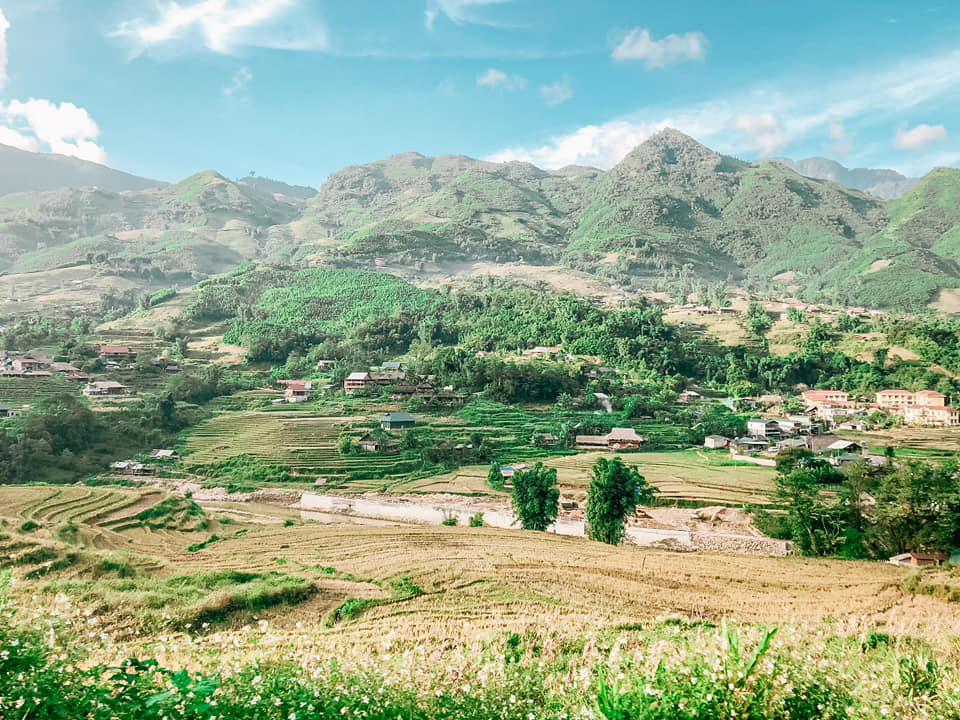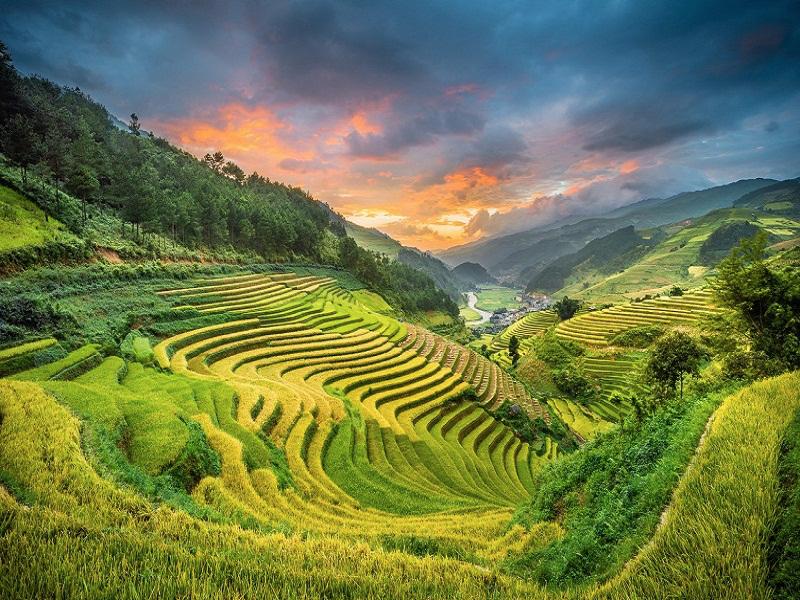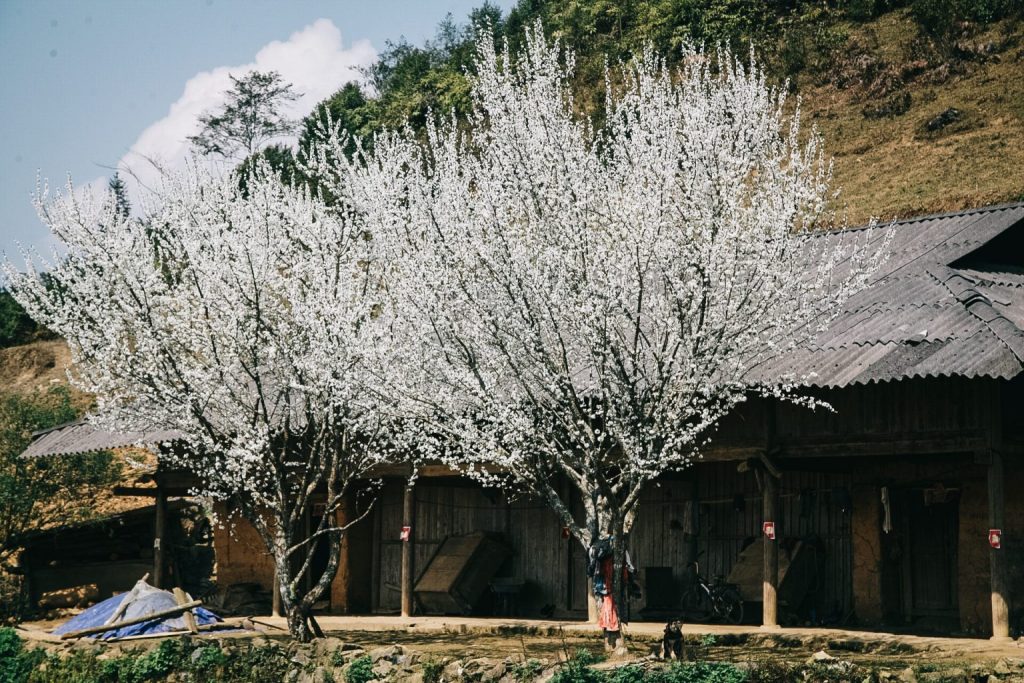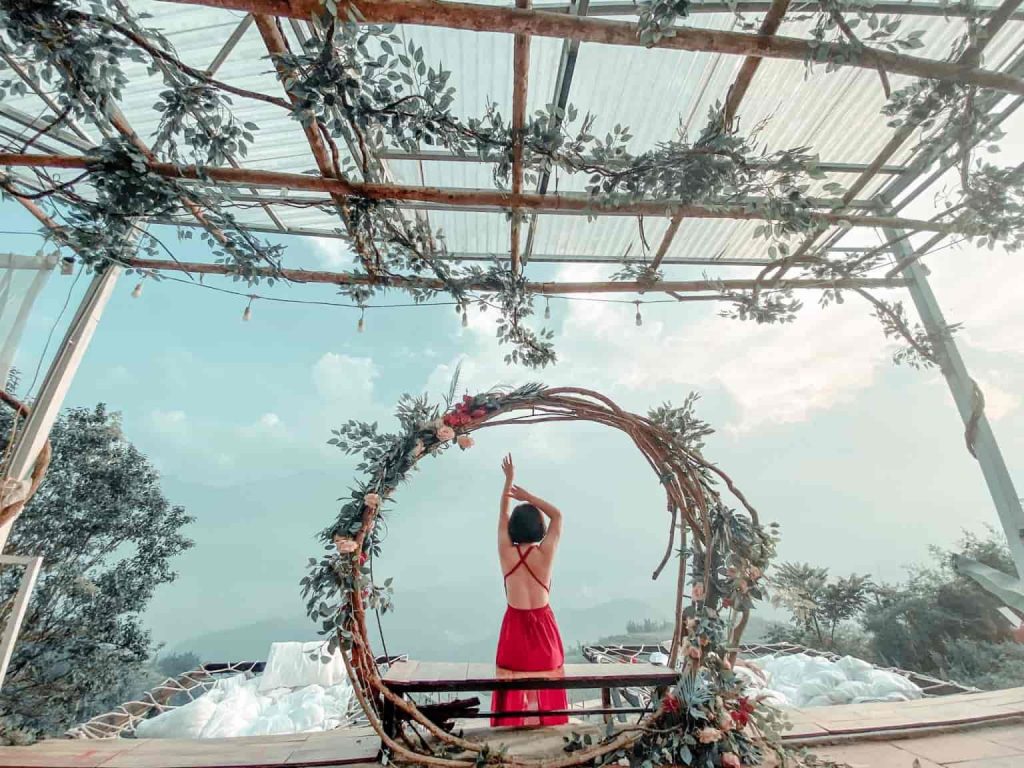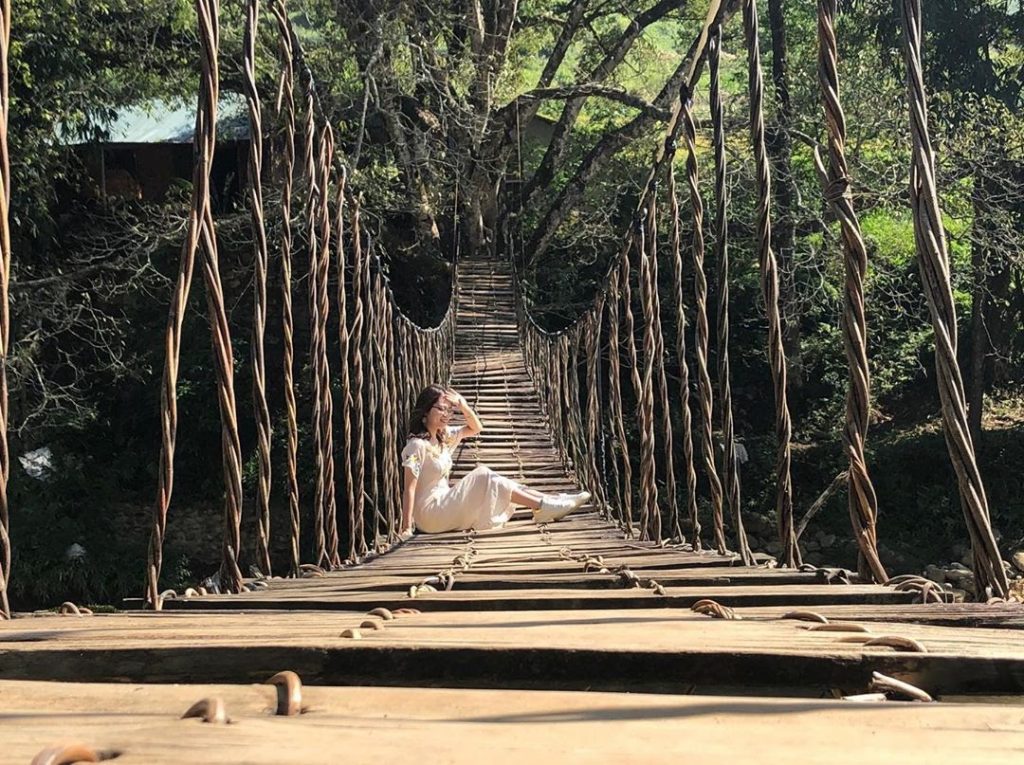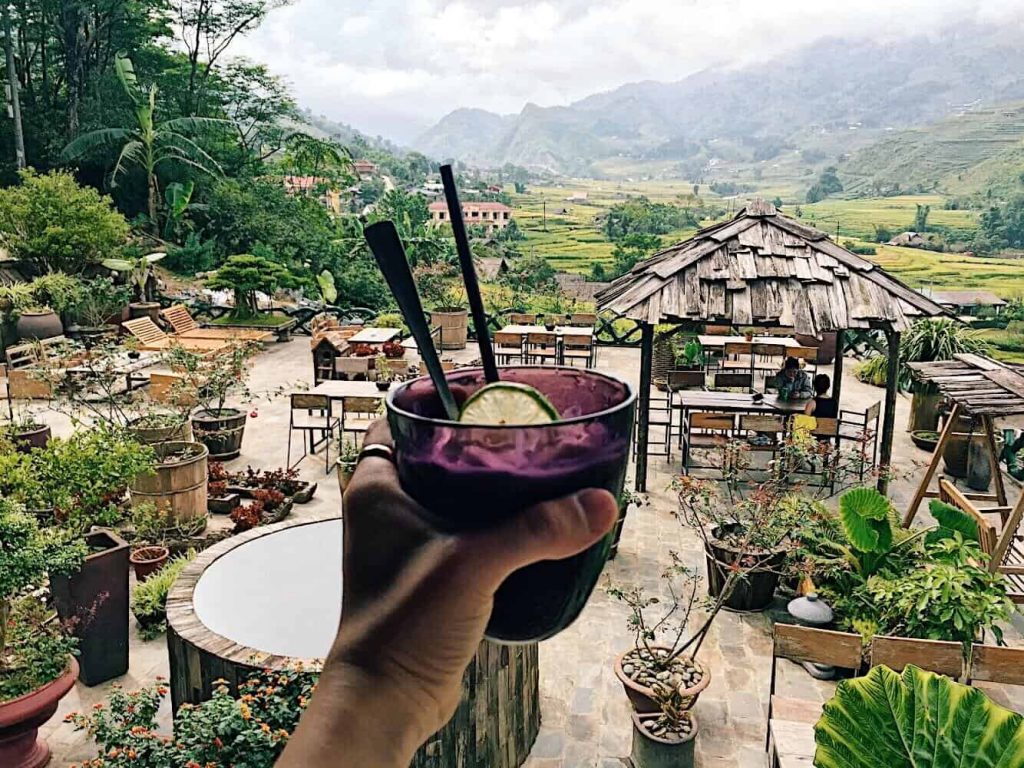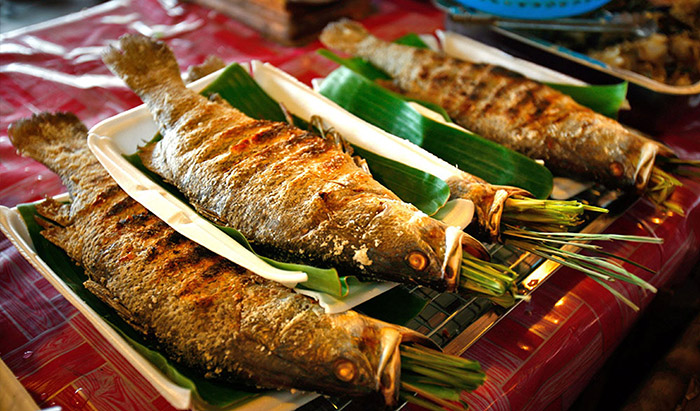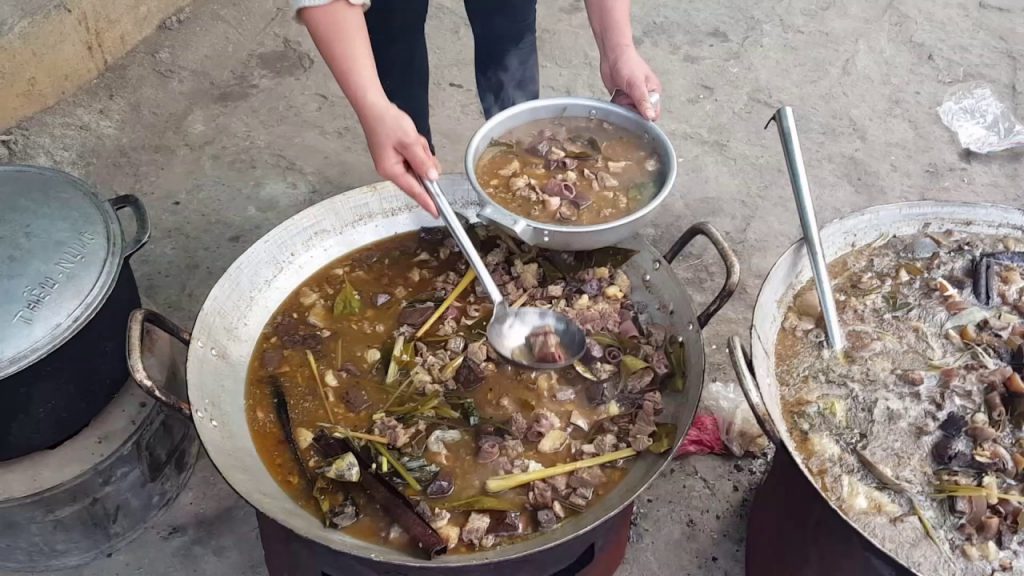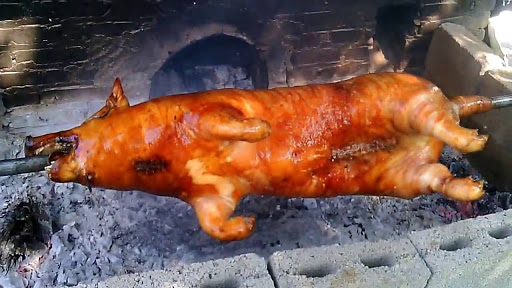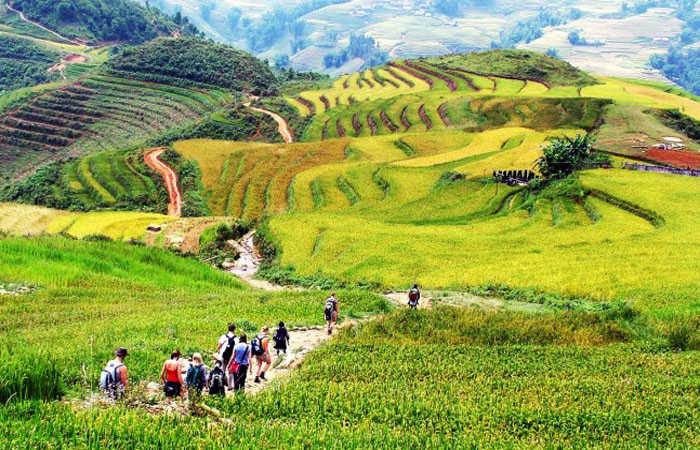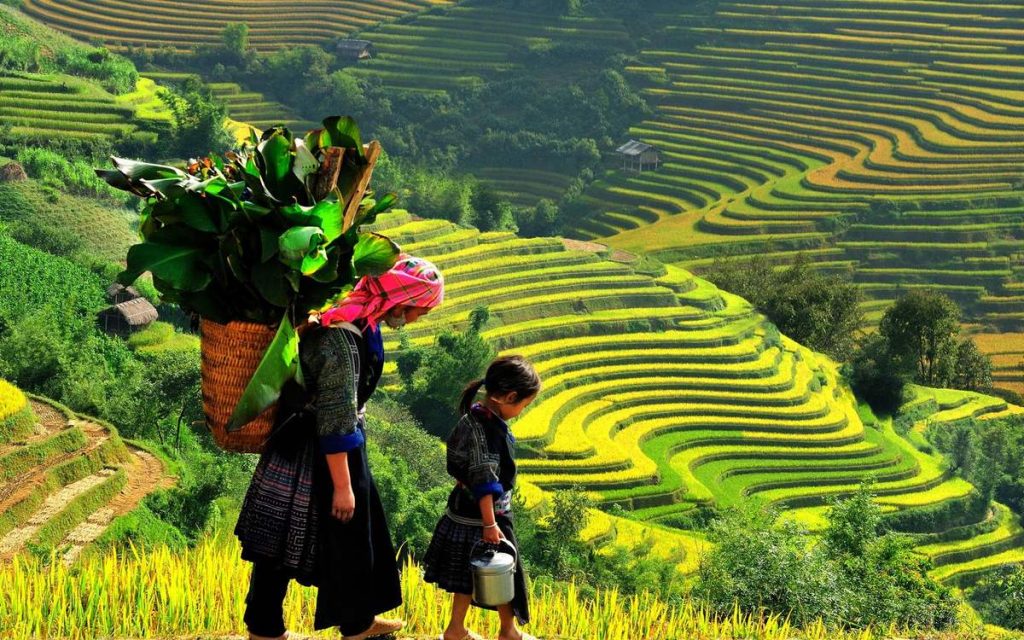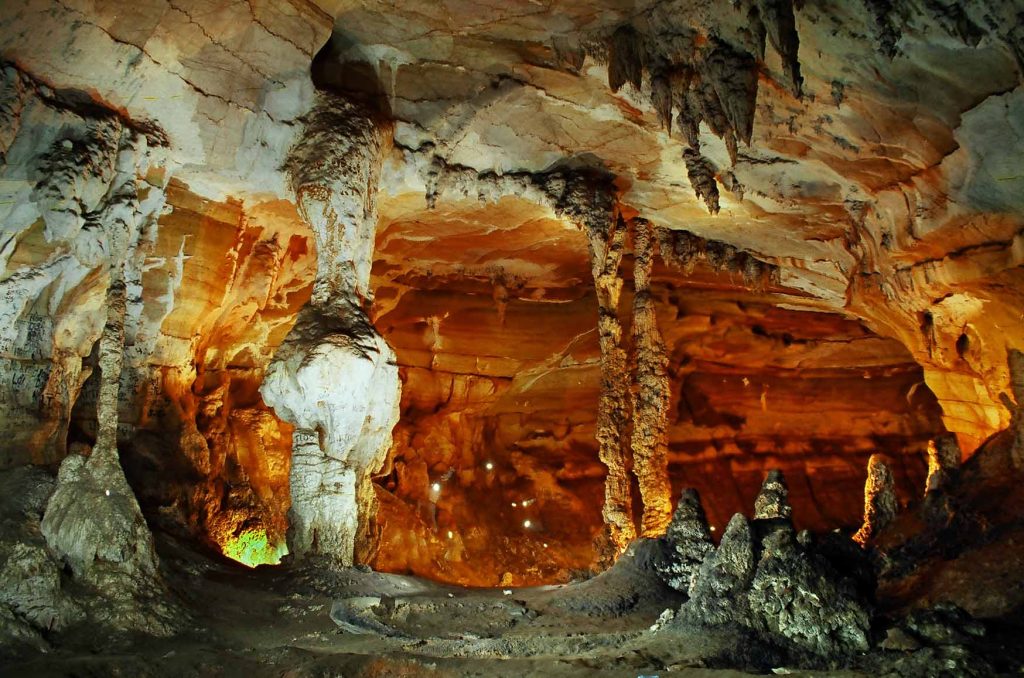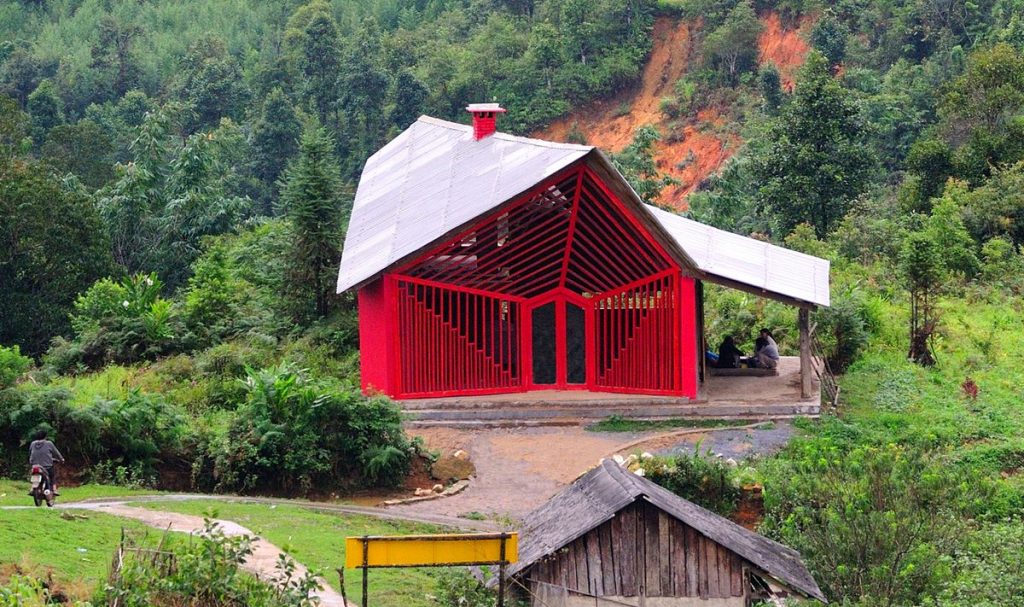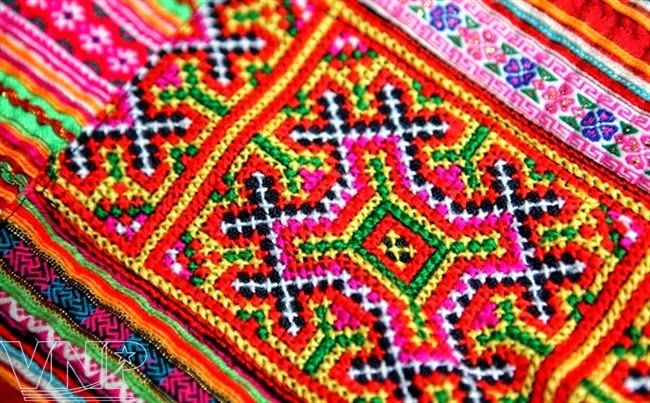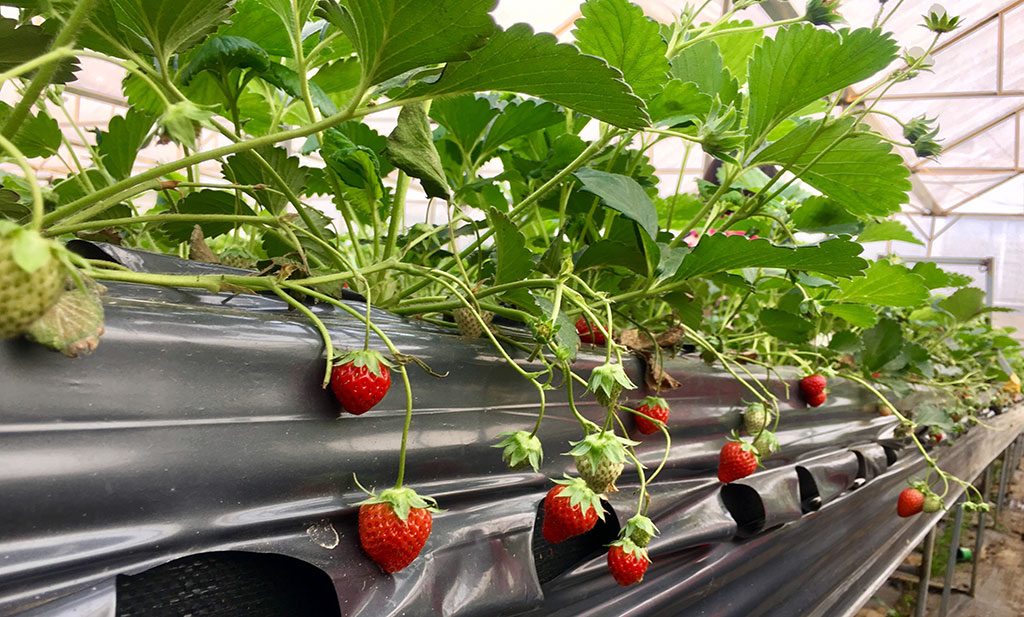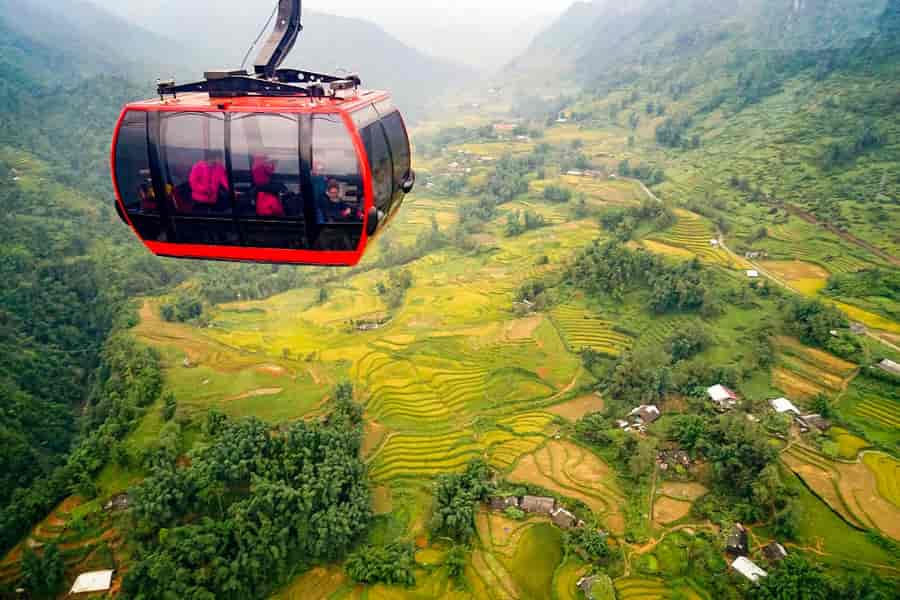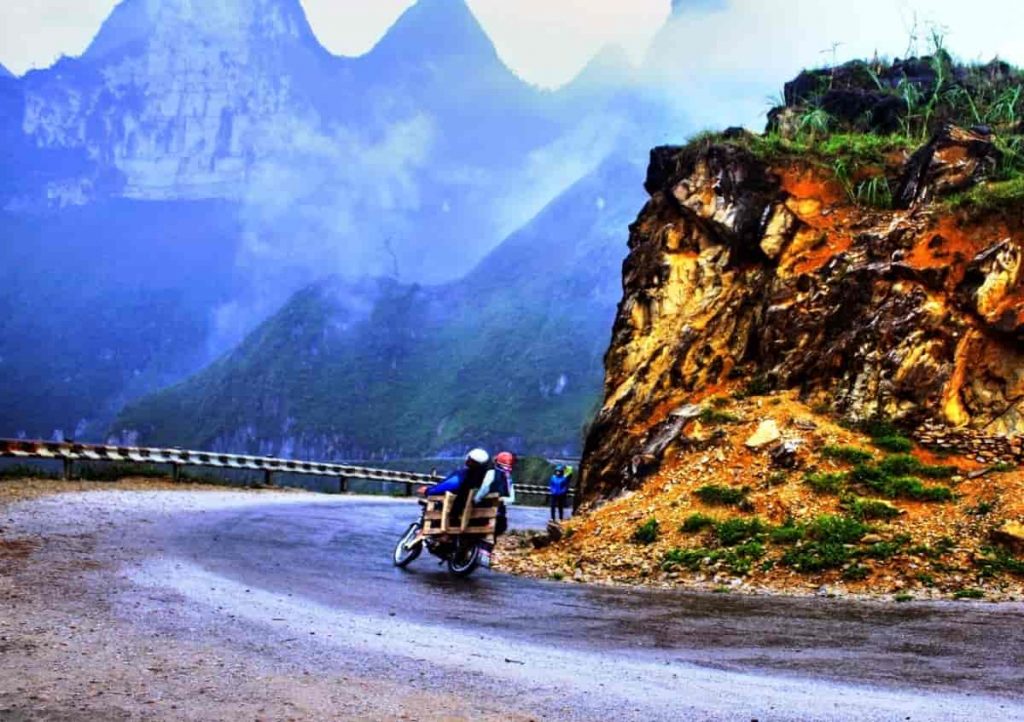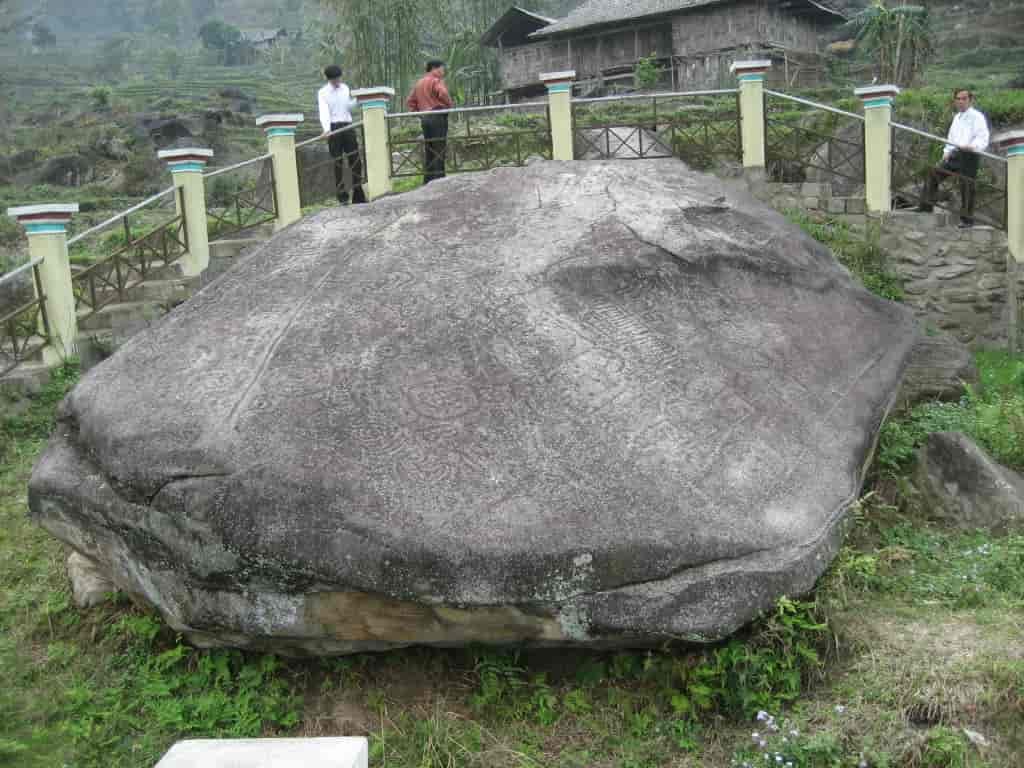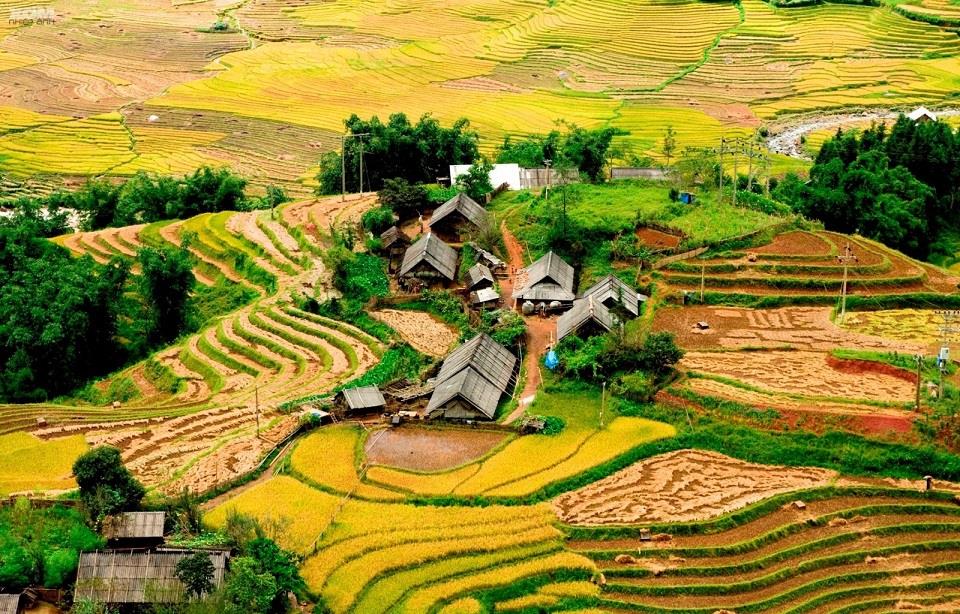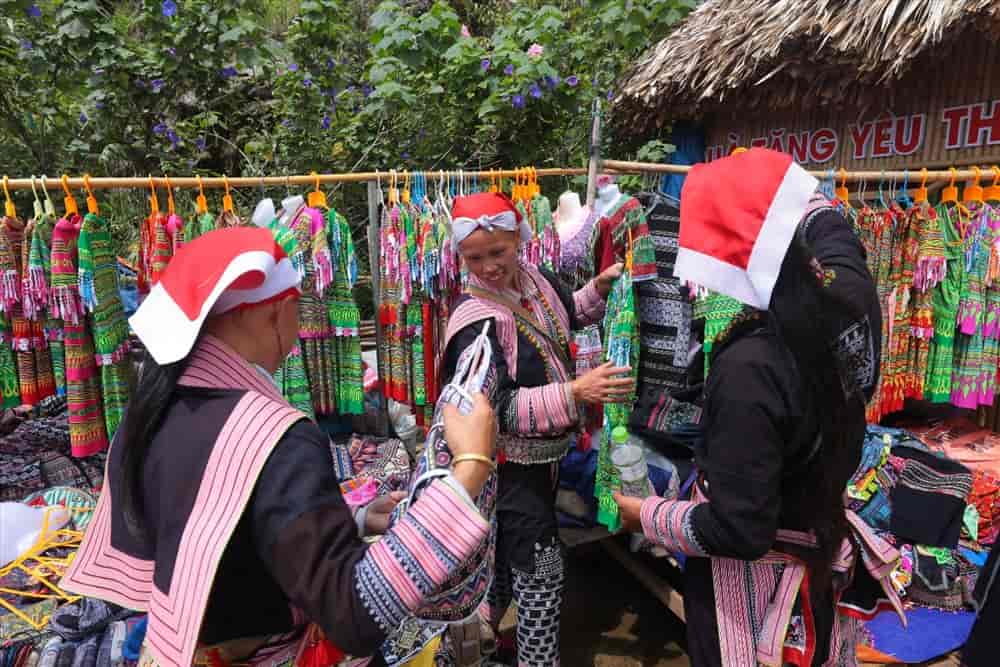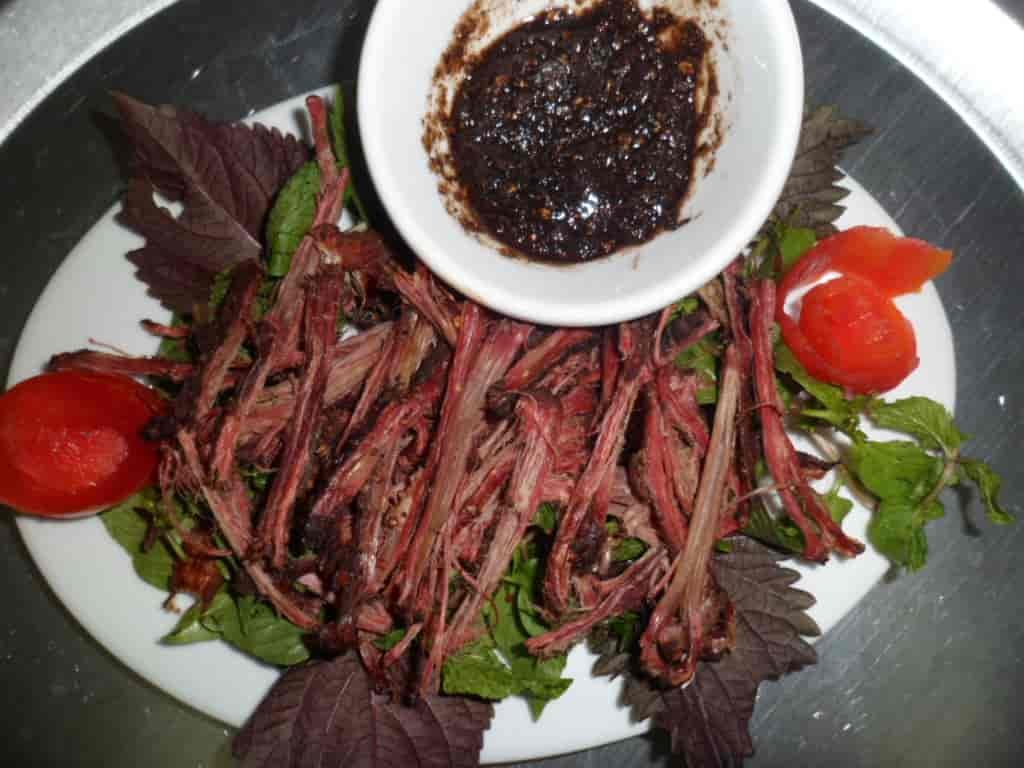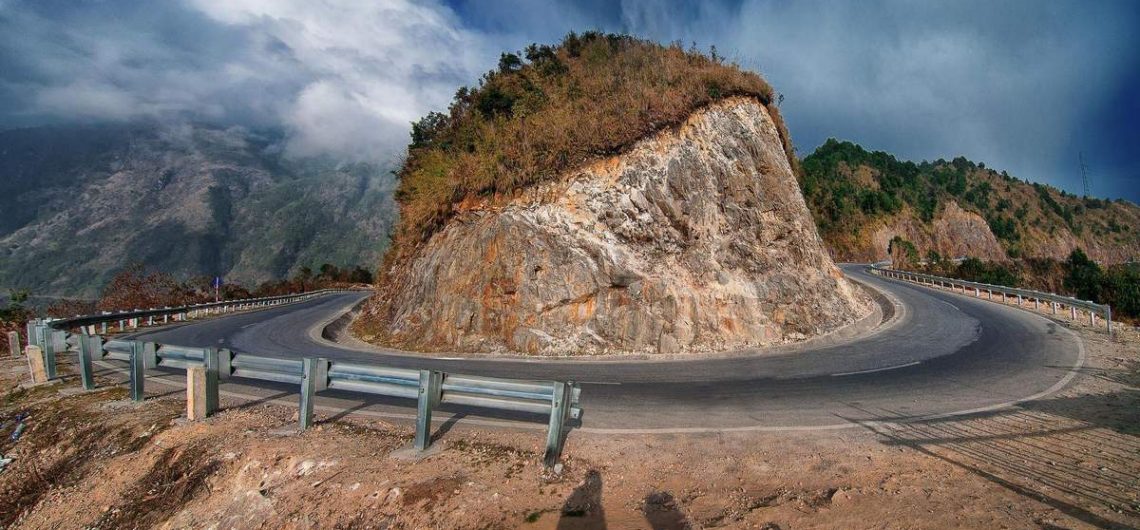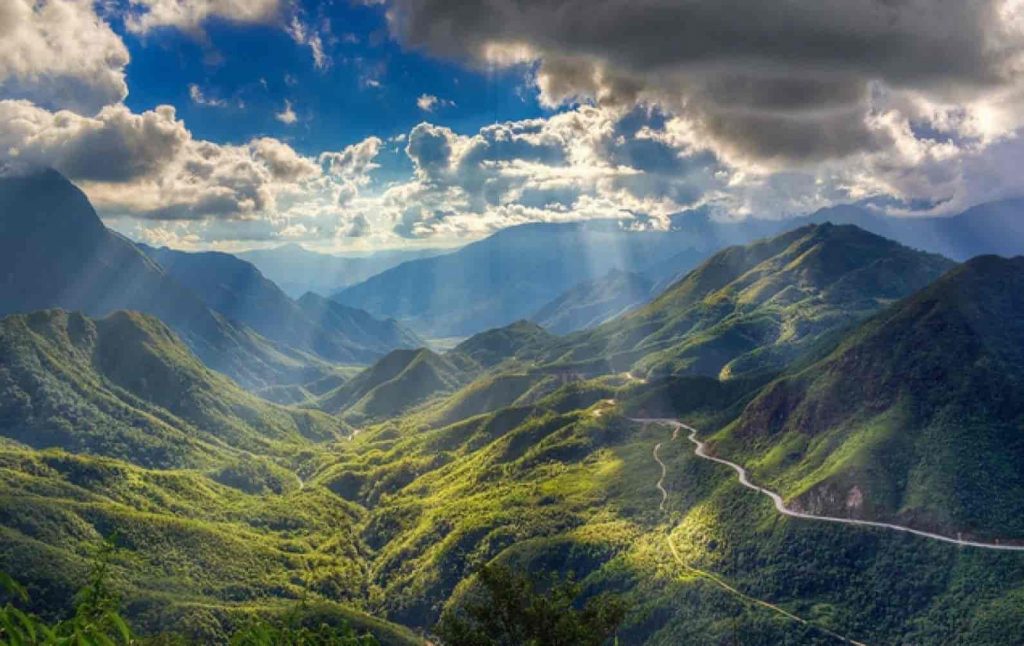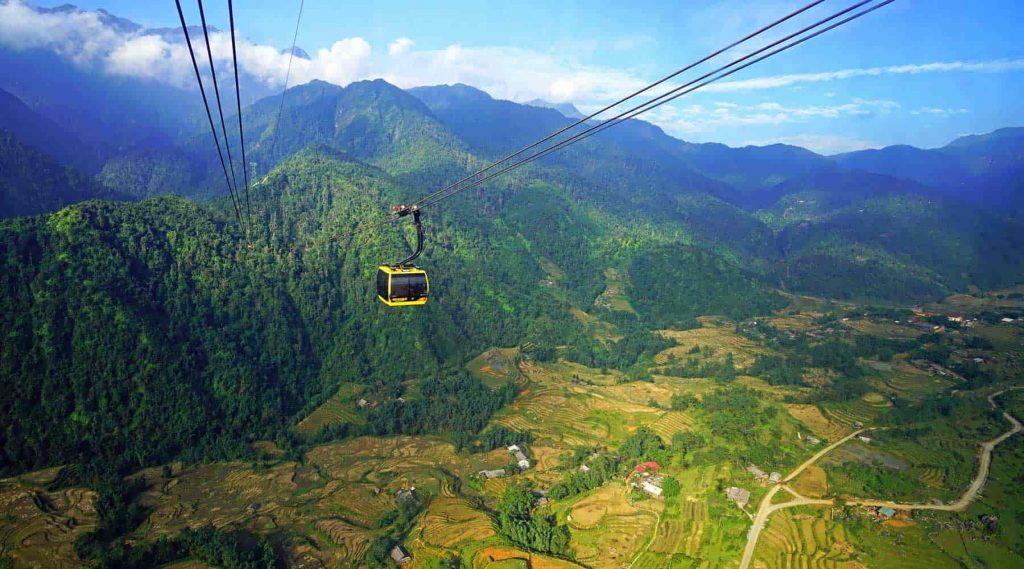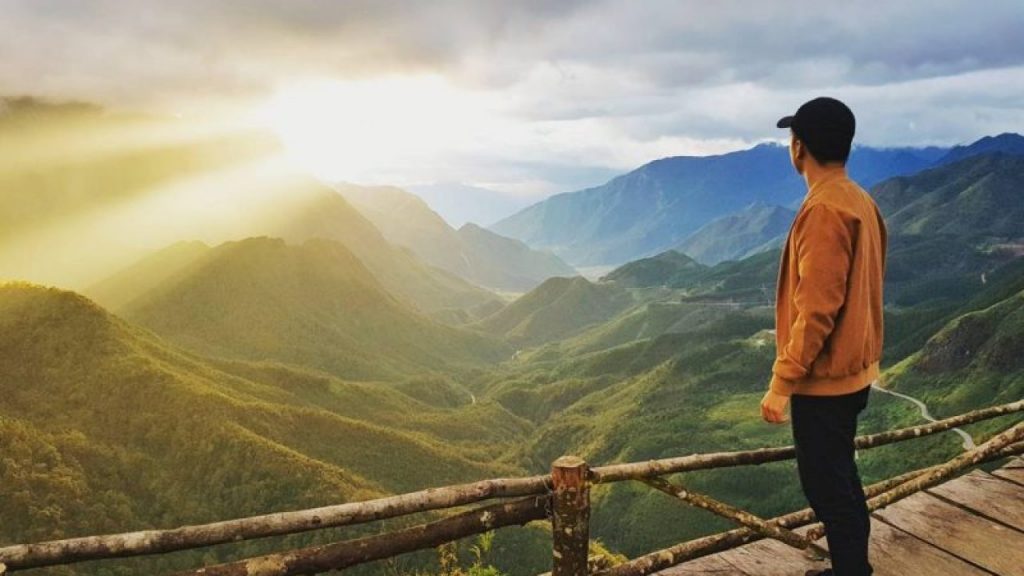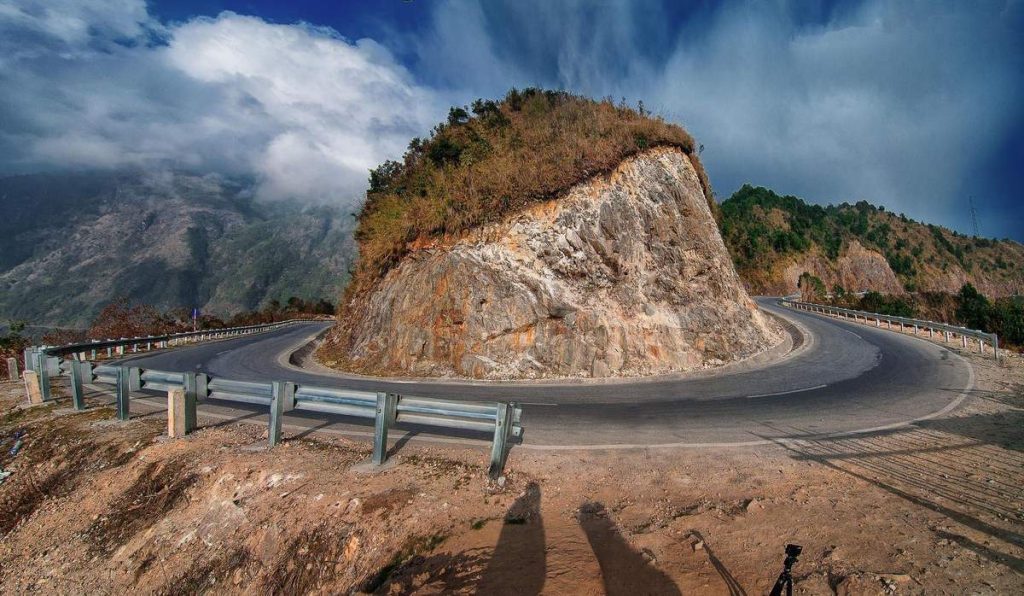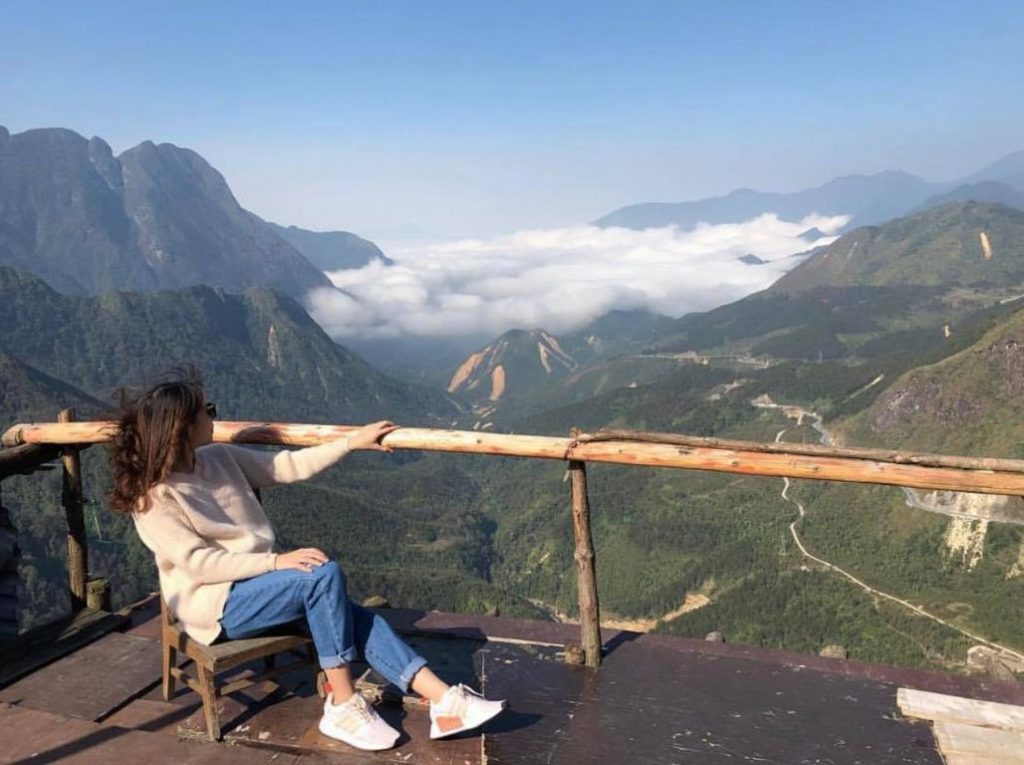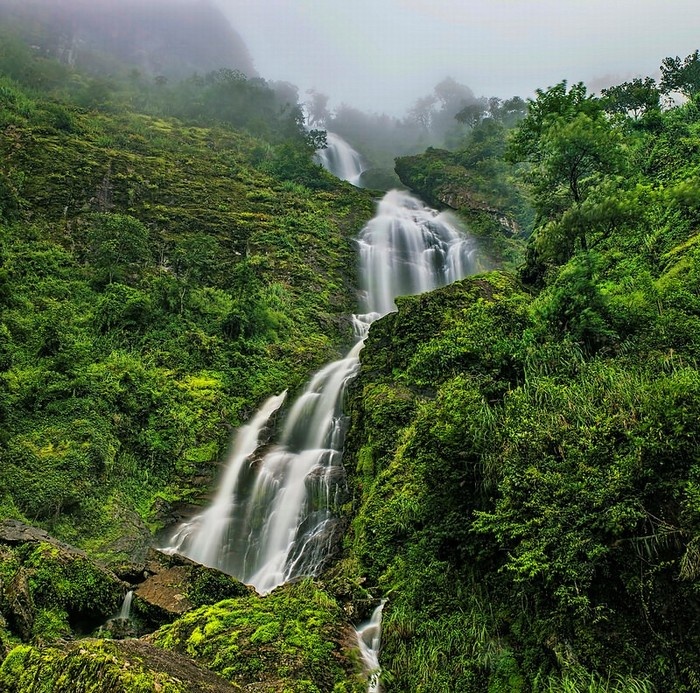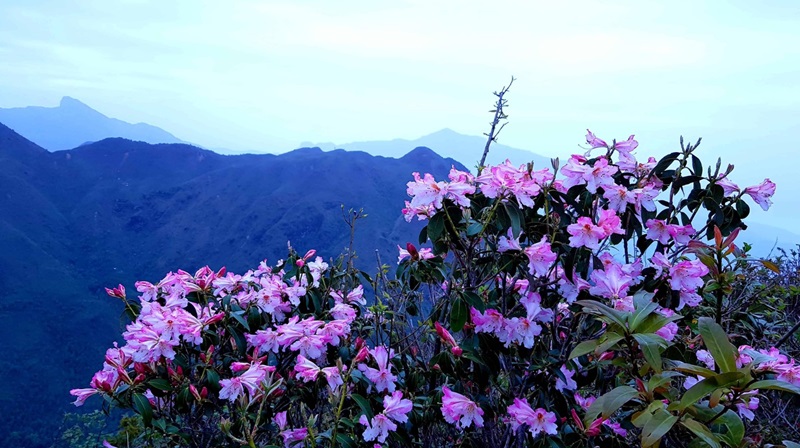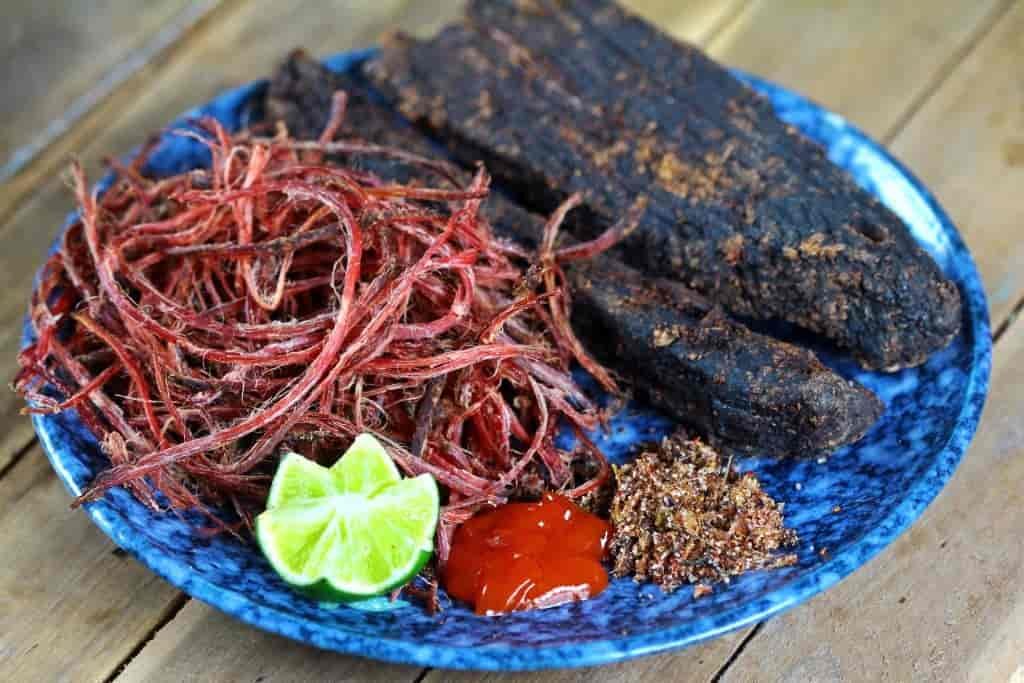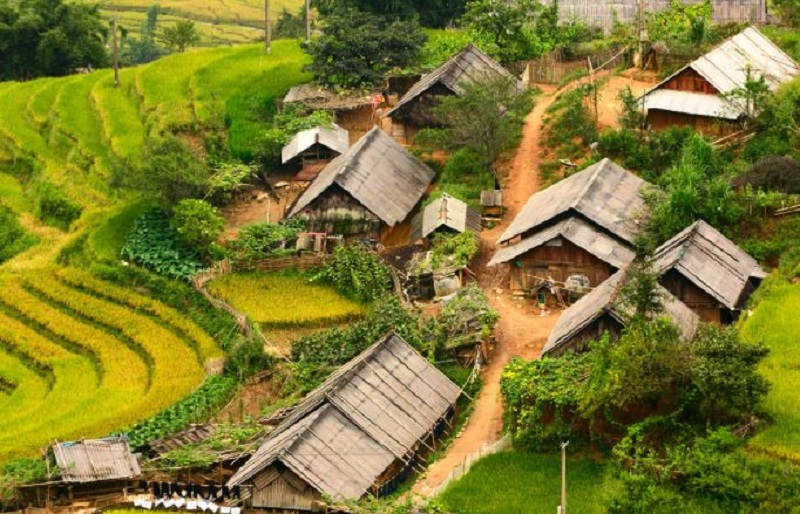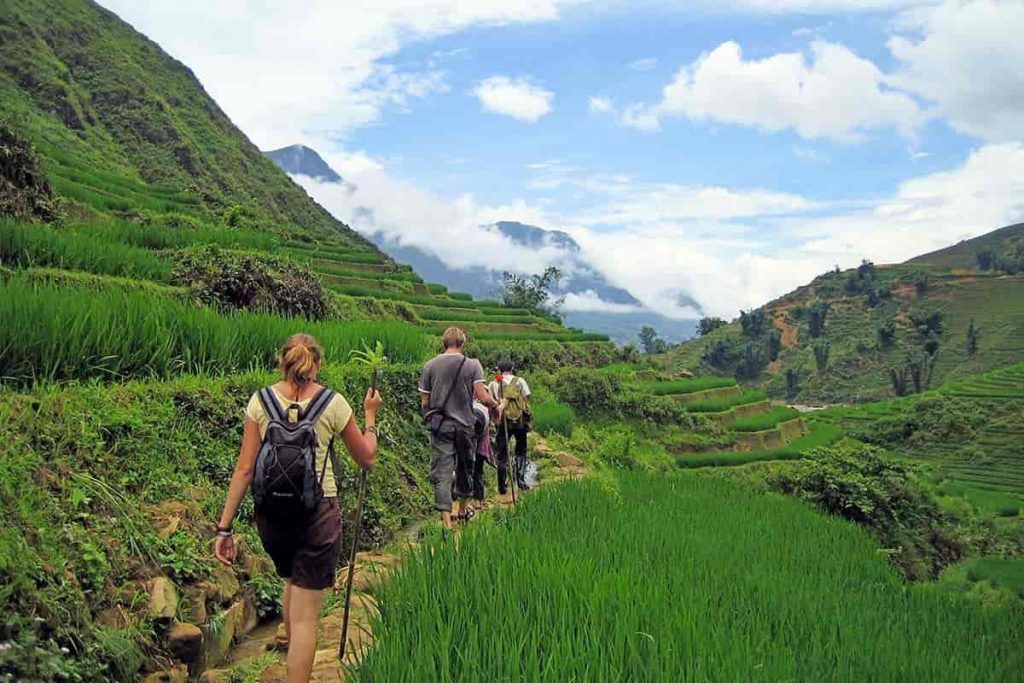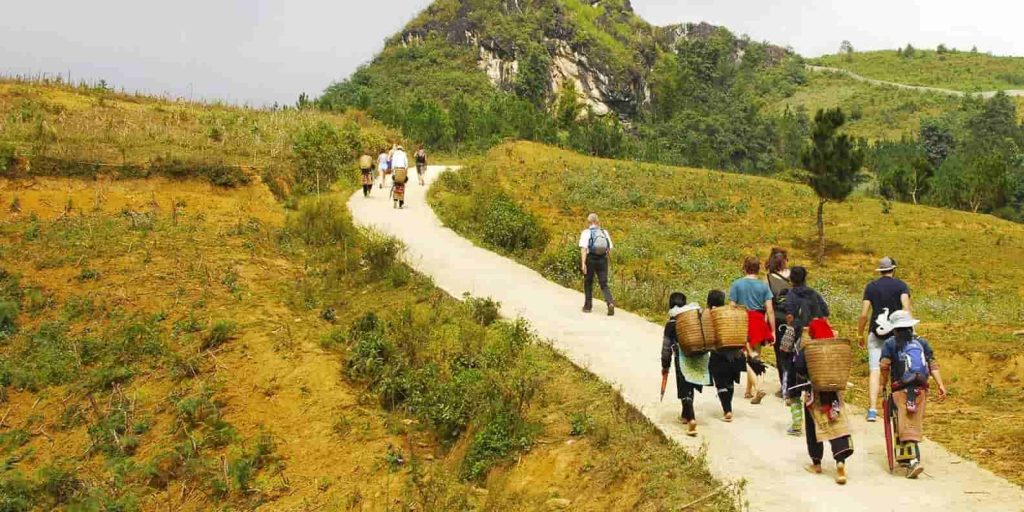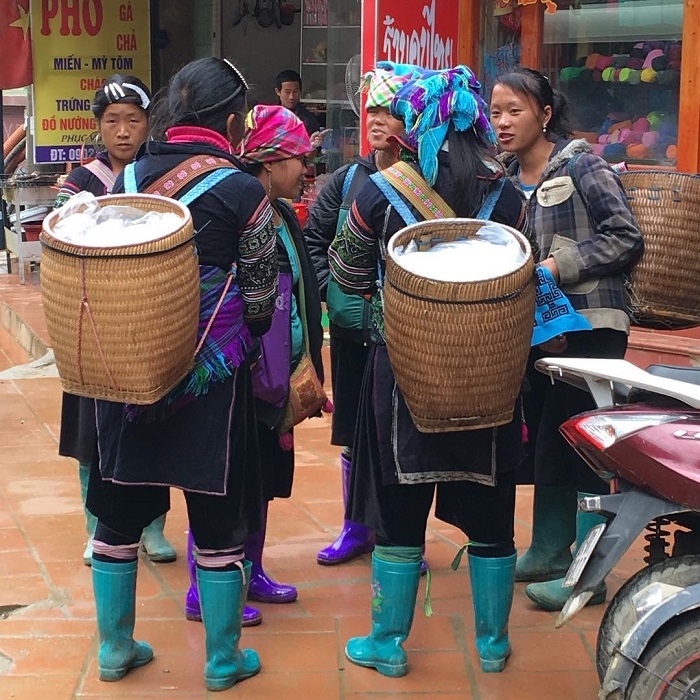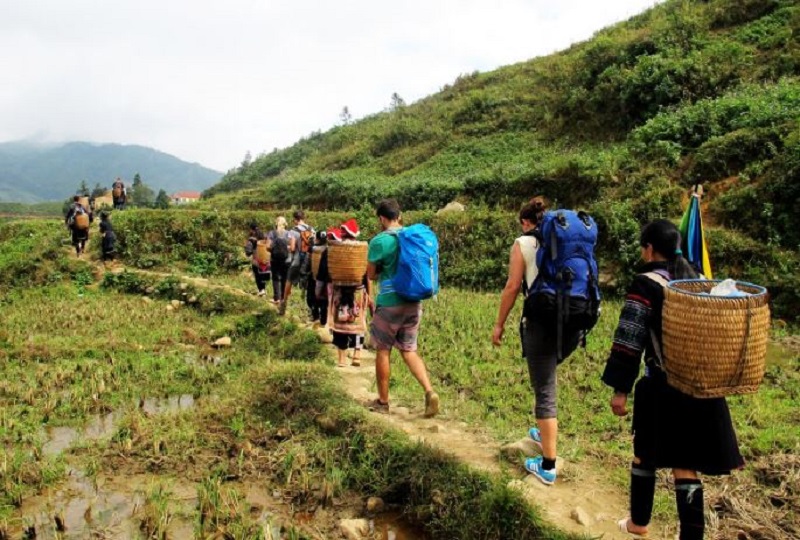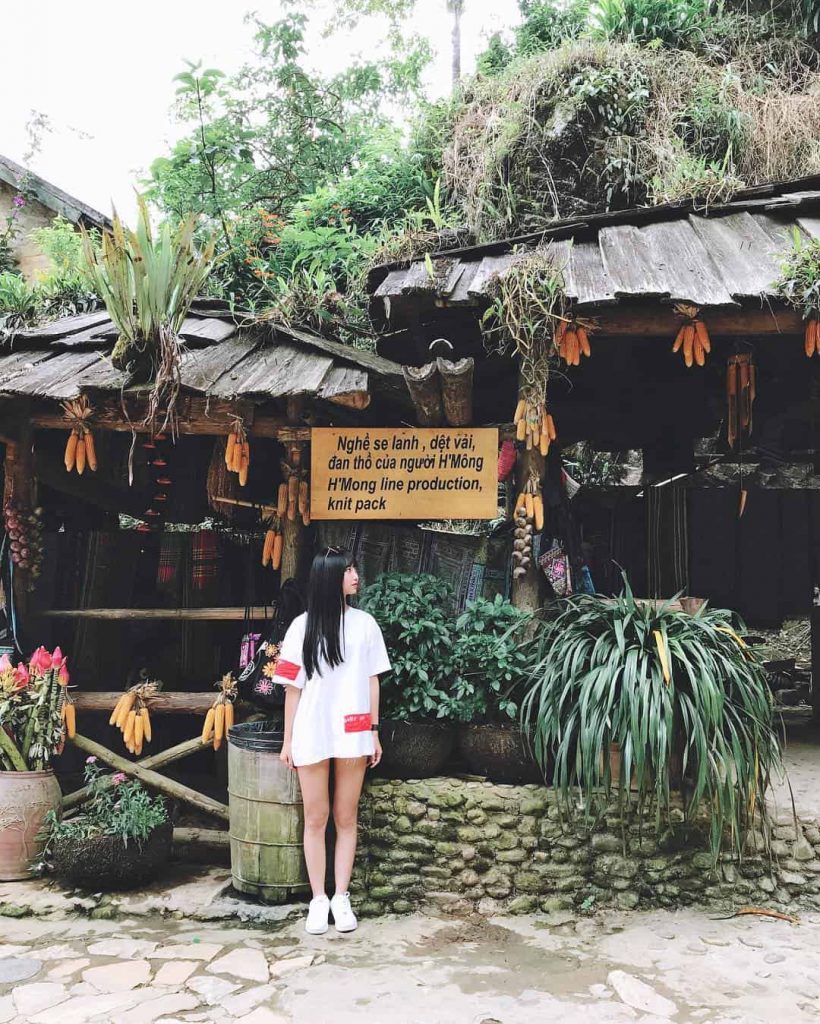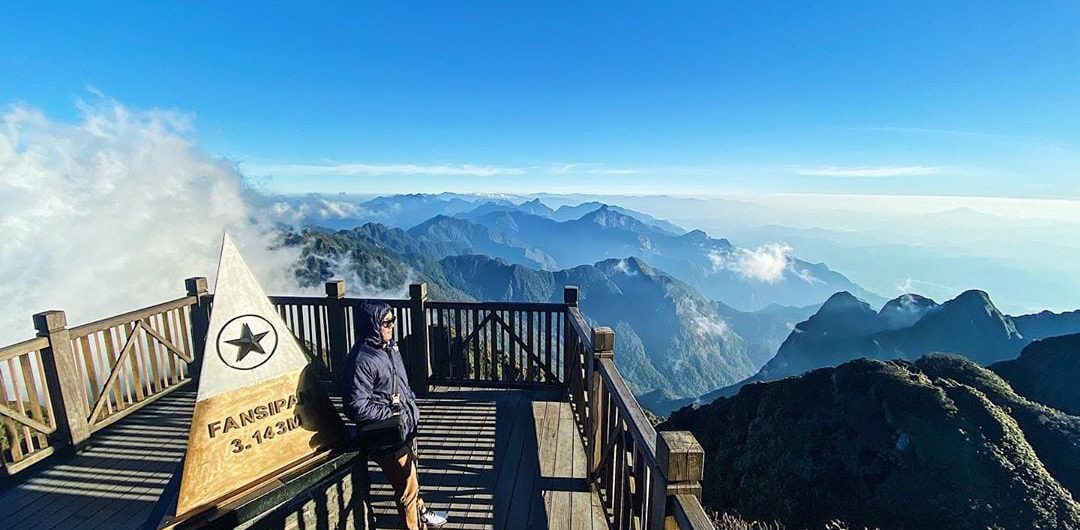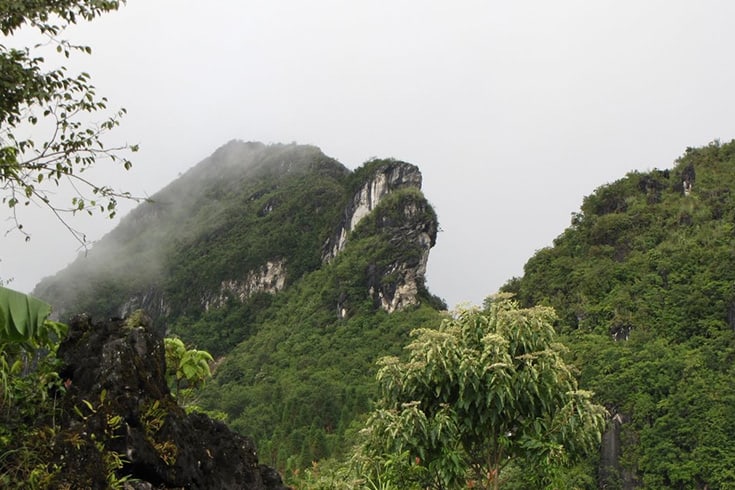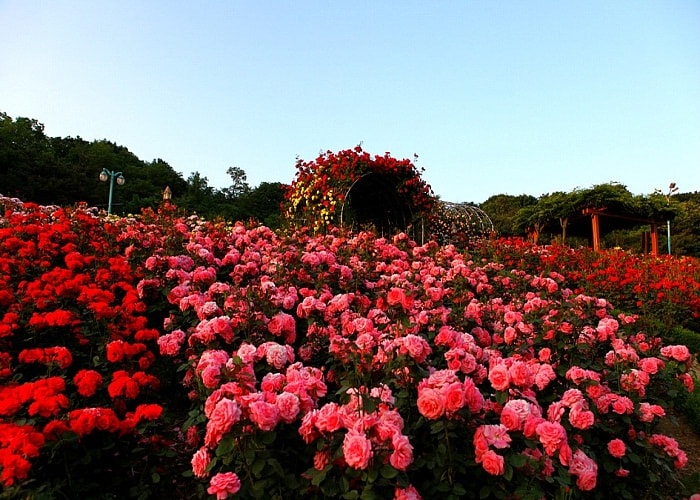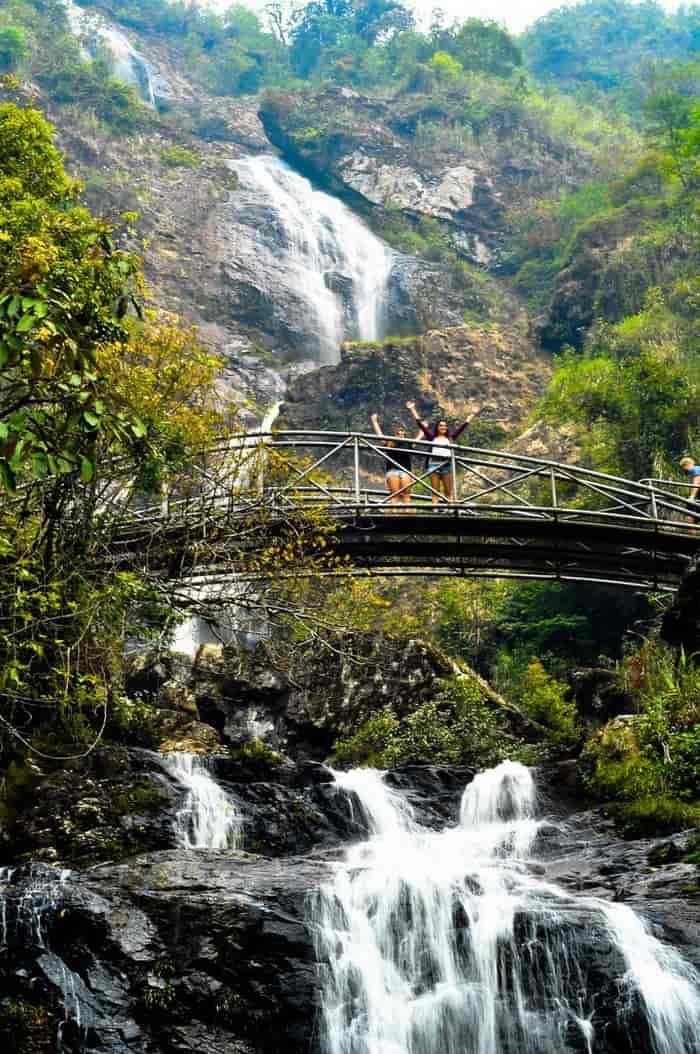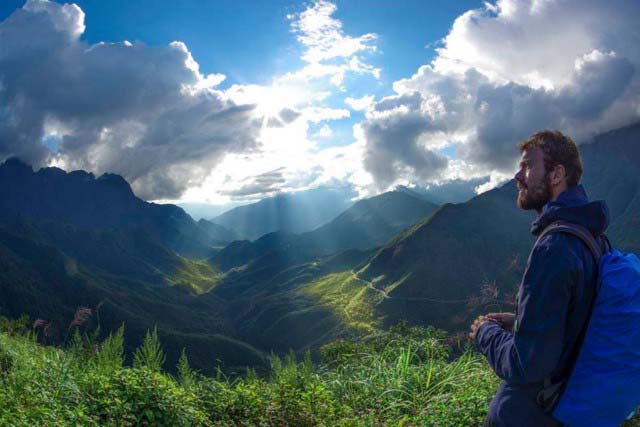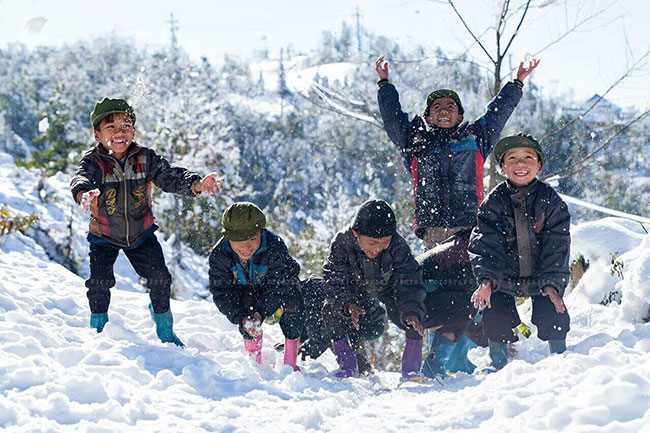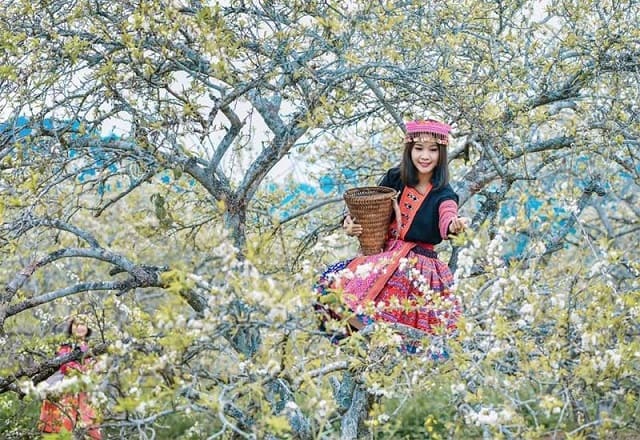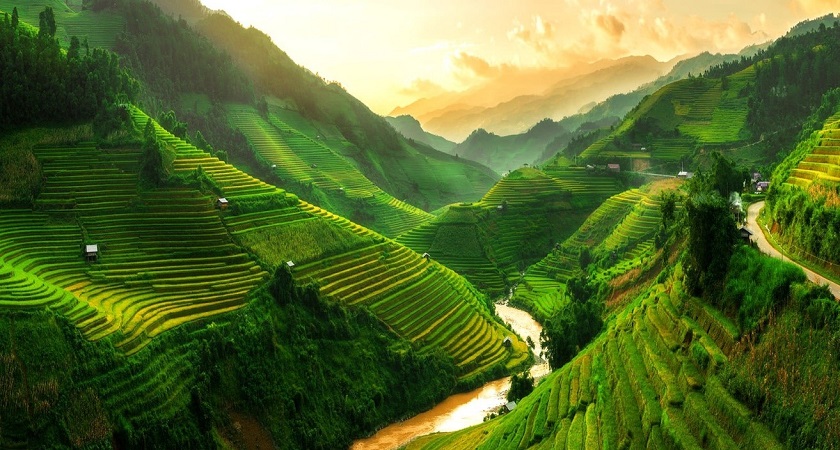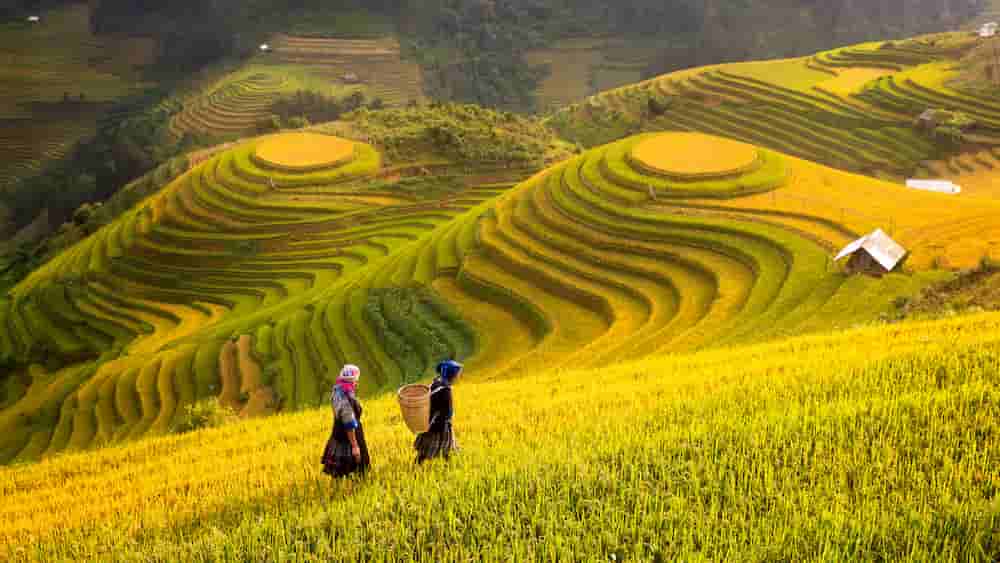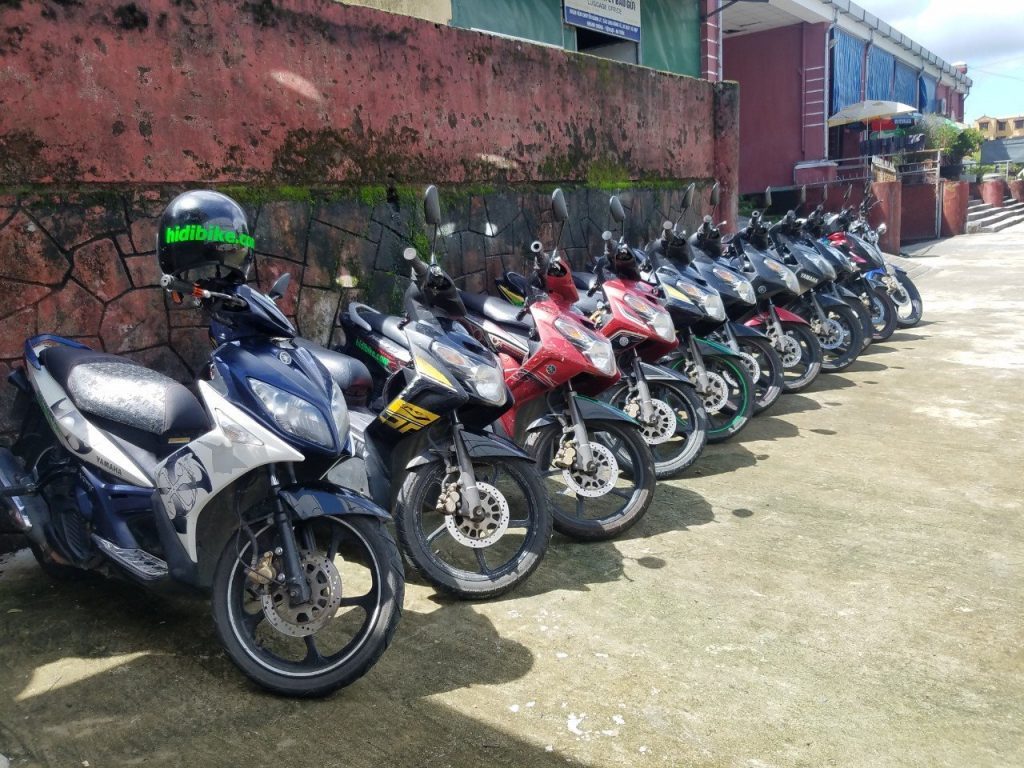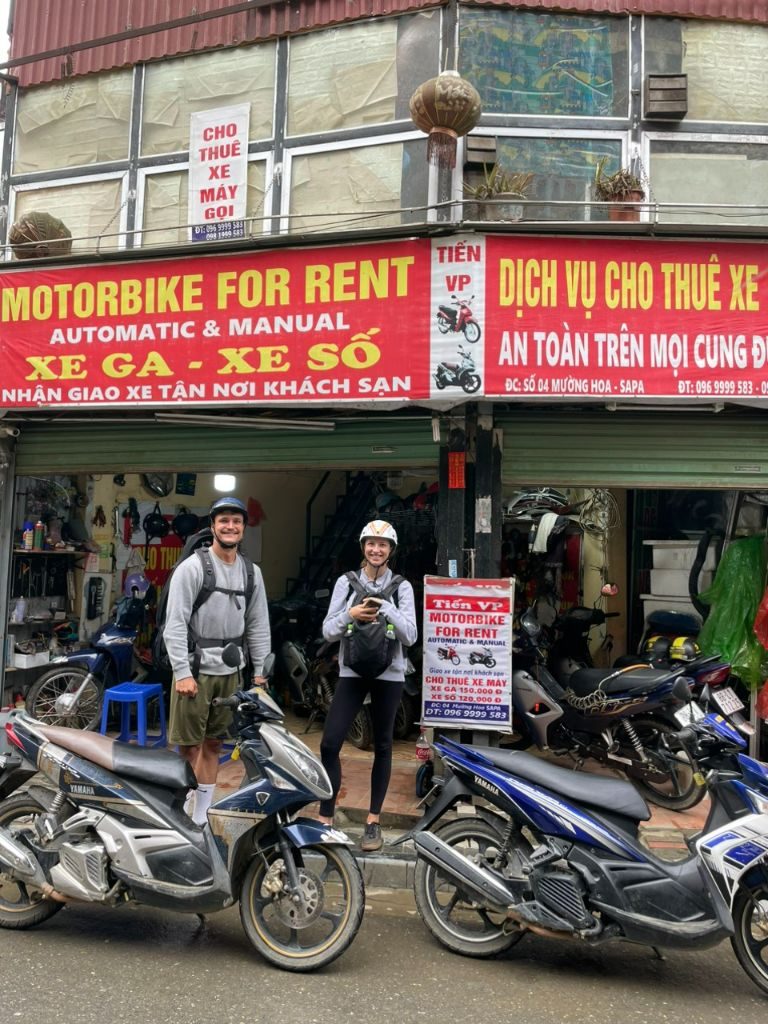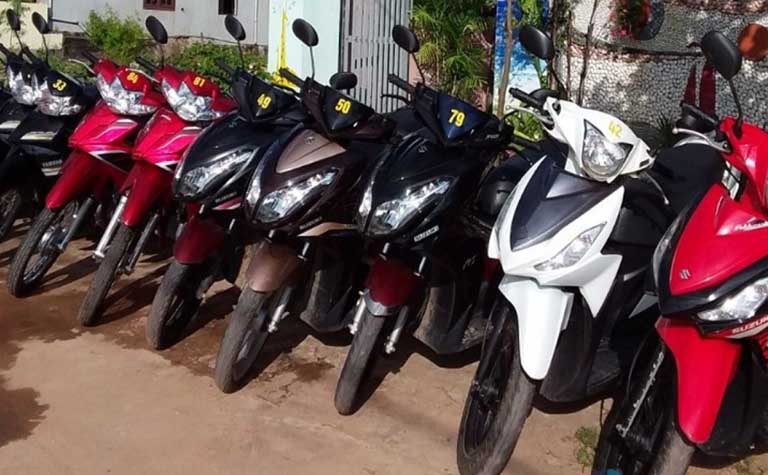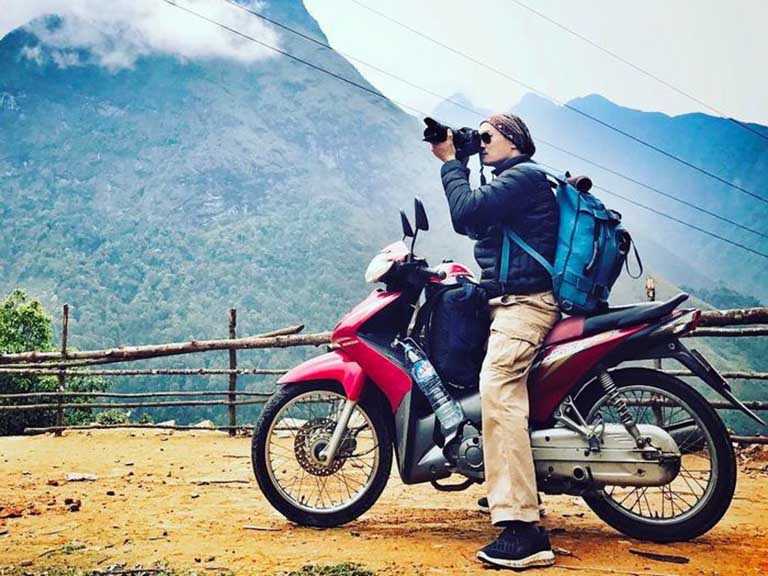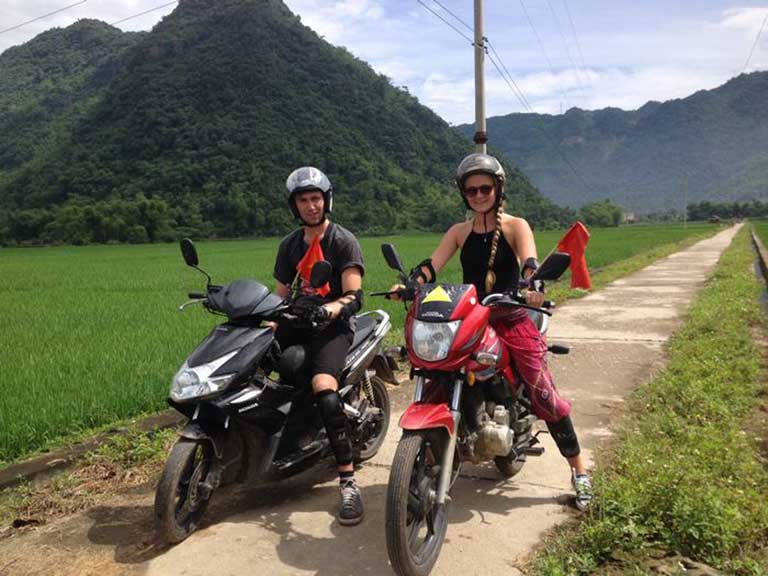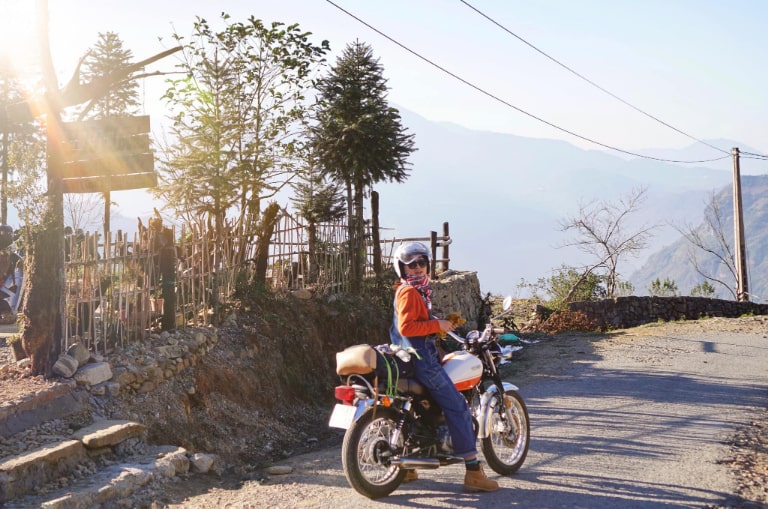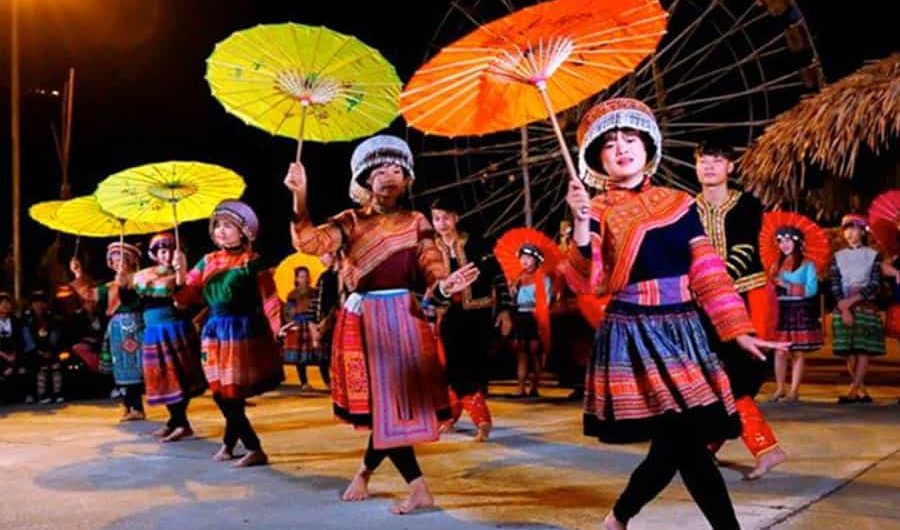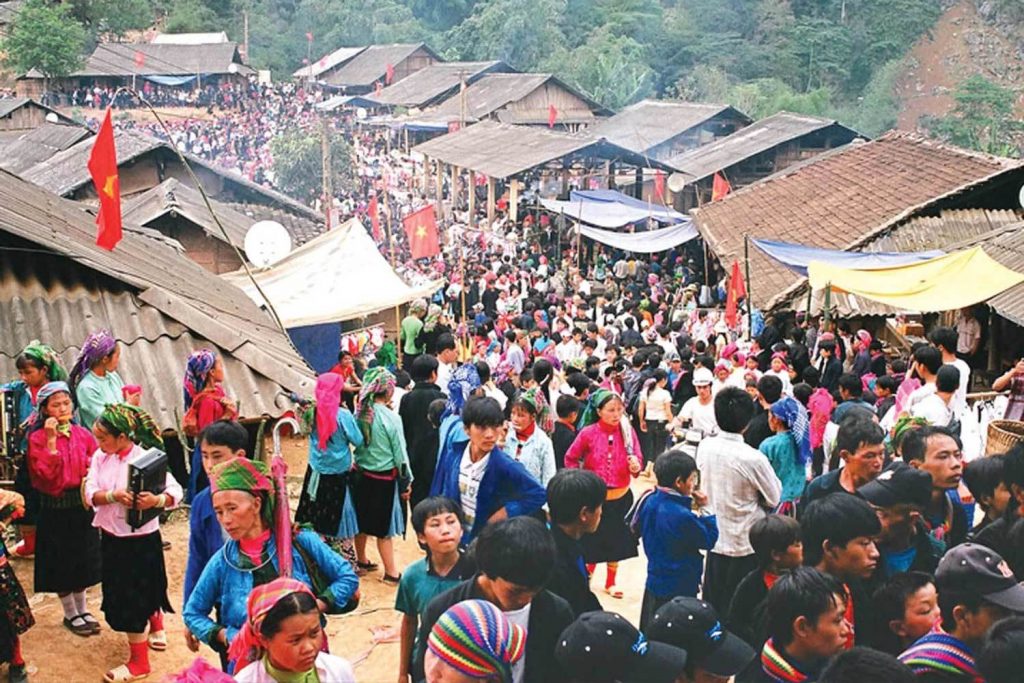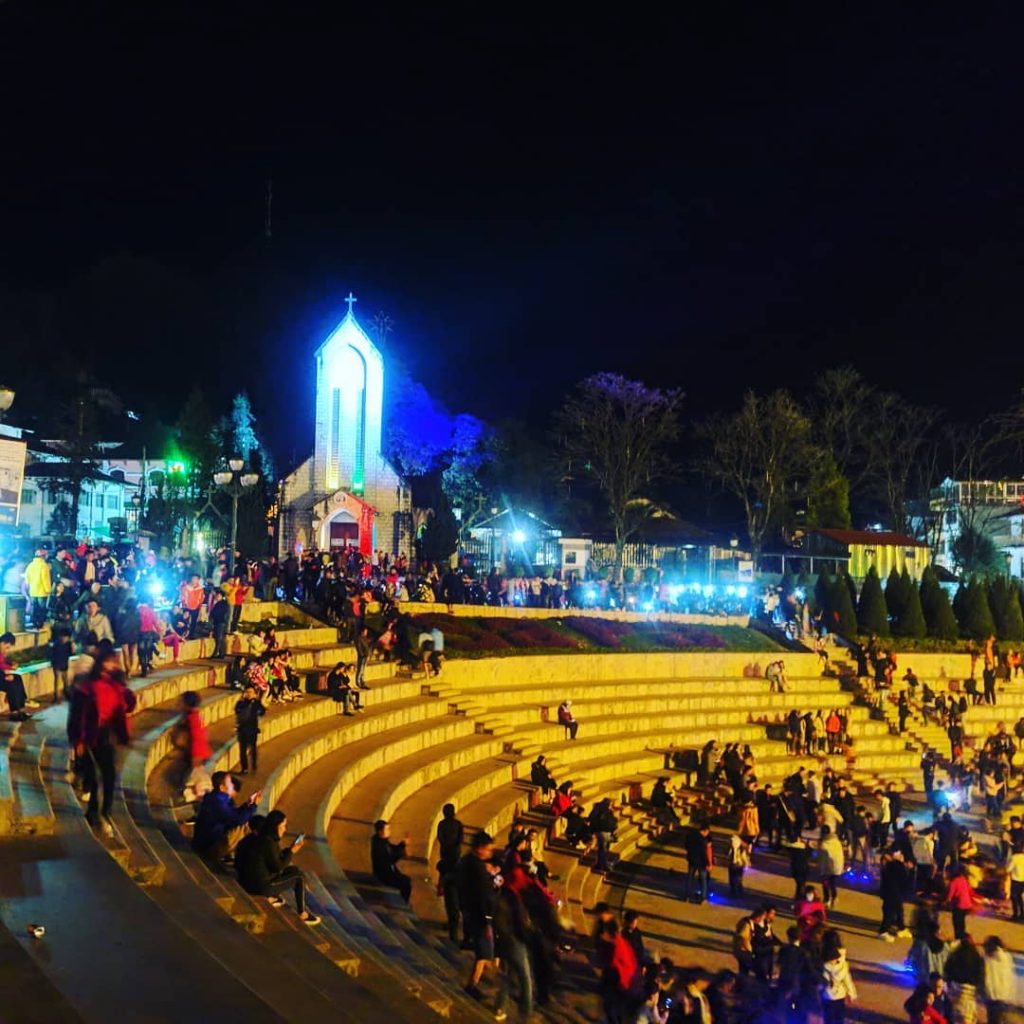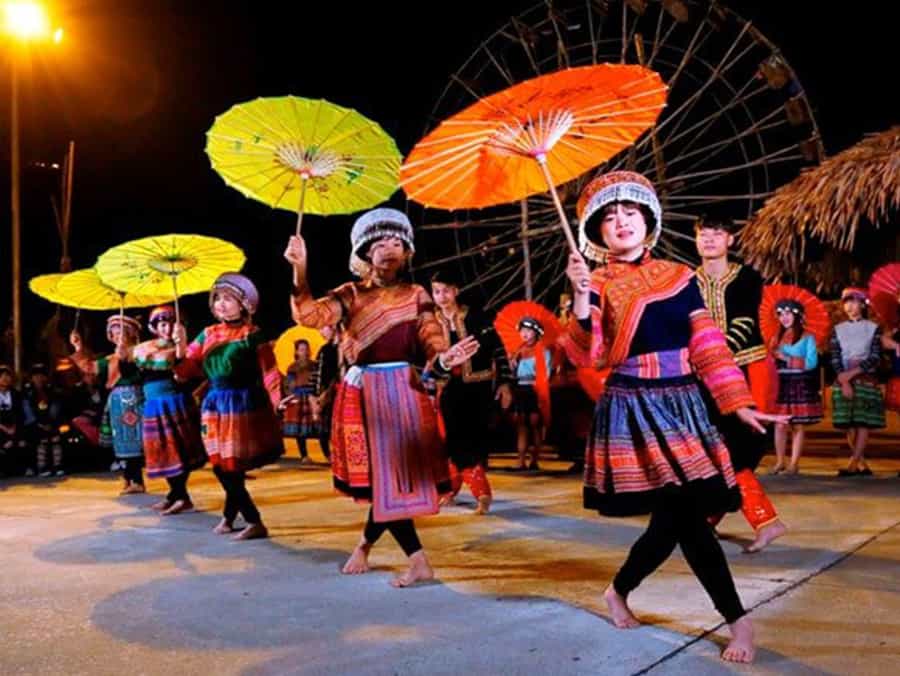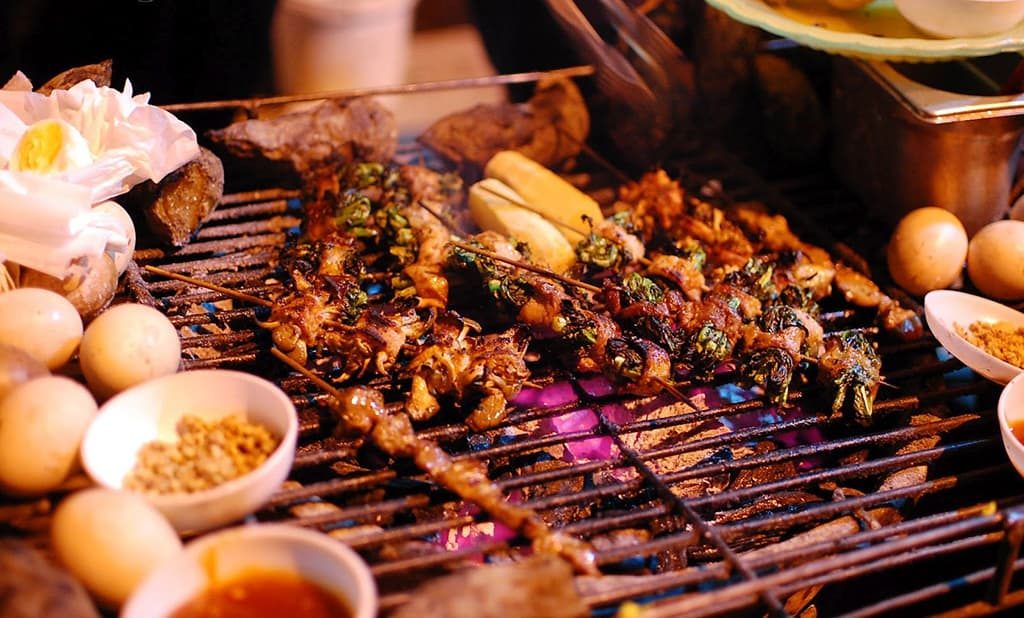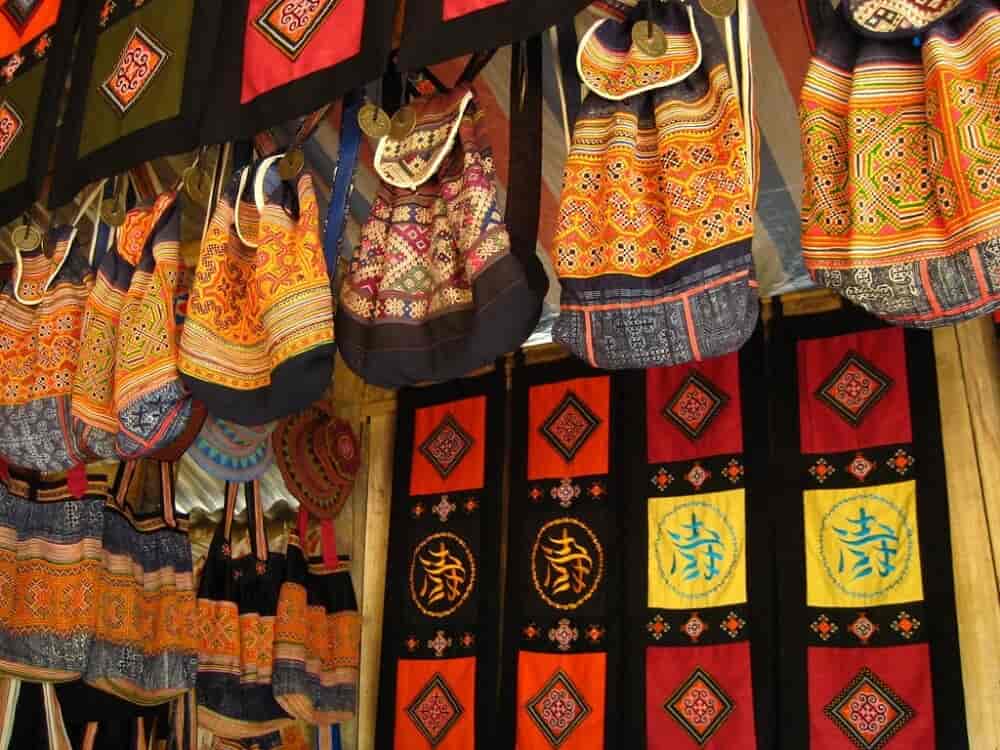The Sapa Heaven Gate is a new tourist destination that was invested in and completed in 2019 to welcome visitors to admire the scenery of the mountainous region in the Northwest Vietnam. Located approximately 18km from the center of Sapa, on the National Highway 4D from Lao Cai to Lai Chau. The road to the Sapa Heavenly Gate features winding and steep slopes amidst the majestic mountainous landscape. The natural mountainous scenery becomes increasingly captivating as travelers conquer one of these ‘four great mountain passes.
Where is the Sapa Heaven Gate?
The Sapa Heavenly Gate is situated atop the O Quy Ho Pass, one of the four great mountain passes in Vietnam, at an elevation of 2,035 meters above sea level. If you travel from the center of Sapa town, you will take the National Highway 4D towards Lai Chau, passing through attractions like Silver Waterfall, Tram Ton Pass, and Love Waterfall before reaching the Sapa Heavenly Gate. Right from the beginning of the O Quy Ho Pass, if you travel by motorbike, you will immediately feel the winding and challenging curves. It is recommended that those with strong driving skills proceed with caution and choose motorcycles with high safety features when crossing this pass!

On the journey, you will have the opportunity to admire the impressive scenery on both sides of the road. Leaving behind the bustling town of Sapa, you will immerse yourself in the magnificent landscapes of the hills and the harmonious blend of earth and sky. The experience of motorbike riding on the longest mountain pass in Vietnam will be a memorable adventure.
From the Sapa Heavenly Gate, visitors will perceive the majestic beauty of Fansipan Peak towering against the sky. Below, deep abysses are covered by primeval forests, concealing numerous mysteries within. Tourists who come to visit Silver Waterfall in Sapa often extend their journey to have the chance to gaze upon the Sapa Heavenly Gate and admire the terraced rice fields in the highlands of the Northwest. The beauty of this place is further enriched by the harmonious blending of various ethnic groups such as H’Mong, Dao, Giay, creating a vivid and vibrant Northwest tableau like never before.
The fastest route to the Sapa Heavenly Gate
The fastest route to the Sapa Heavenly Gate depends on your current location, and you can choose the path that suits you best.
From the city of Lao Cai
Simply follow the map along National Highway 4D for a little over 40 km, and you will reach the Sapa Heavenly Gate. This route mostly consists of winding mountainous roads, with landscapes on both sides dominated by forests and continuous terraced fields. Currently, this route has been expanded and improved significantly, making it easy to navigate, and large vehicles can comfortably pass each other. However, be aware that this road sees a considerable amount of truck traffic, as it serves as a vital economic artery connecting the city of Lao Cai to Lai Chau and the Northwest provinces of Vietnam.

From the town of Sapa
If you’re starting from the town of Sapa and want to reach the Sapa Heavenly Gate, head towards the Sapa Bus Station and Sapa Market, then take Dien Bien Phu Street, running along the old National Highway 4D. Pass through the Silver Waterfall tourist site, Tram Ton Pass, and the Forest Ranger Station at Tram Ton. Drive a few more kilometers, and you will reach the O Quy Ho Pass, with the summit being the location of the Sapa Heavenly Gate. This route covers a distance of approximately 18 km.
When is the best time to visit the Sapa Heavenly Gate?
Exploring the Sapa Heavenly Gate is beautiful in every season, with each season offering a unique charm.
Spring
As flowers blossom throughout the mountainous areas of the Northwest, people are likely seeking a tranquil haven during their journeys. It seems that Mother Nature has bestowed a rare and unparalleled beauty upon this region.
In the early days of the new year, the Sapa Heavenly Gate is adorned with a layer of intricately woven wildflowers, particularly along both sides of the 4D highway. Cherry blossoms cover the hillsides in pure white against the backdrop of lush green vegetation.
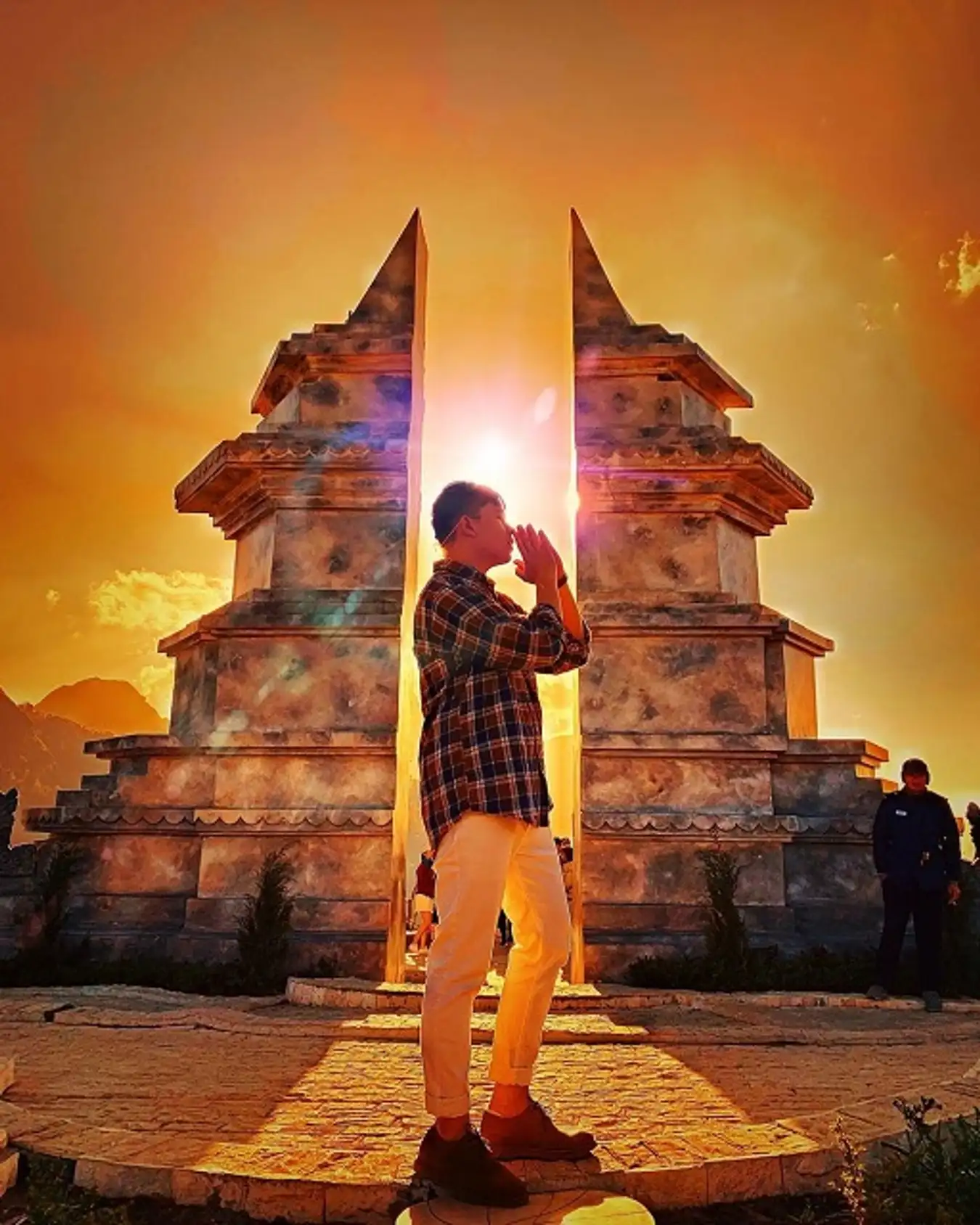
Summer
Situated at an altitude of over 2000 meters, even in summer, the Sapa Heavenly Gate remains cool, with an average temperature of around 20 degrees Celsius. From the summit, you can admire the impressive scenery as water meanders and terraced fields glisten in the sparkling sunlight.
Summer is the season of cascading water in Sapa. The centuries-old terraced fields, crafted by ethnic minorities known as the “sculptors,” come to life. Among them, the Dao and H’Mong people, living at altitudes above 1,600 meters around the majestic Hoang Lien Son mountain range, are particularly skilled in rice cultivation.
Autumn
Autumn is perhaps the peak tourist season in Sapa. The area around the Sapa Heavenly Gate becomes bustling with visitors. In August, the whole region is illuminated by the golden glow of ripening rice fields. As September arrives, the fragrance of ripe rice wafts through the air, captivating tourists who may find it hard to leave. The cool and pleasant weather in the afternoons makes it suitable for young travelers seeking vast, pristine landscapes to capture in photographs.
Moreover, late September marks the cloud hunting season in Sapa. The Sapa Heavenly Gate is one of the best spots to admire clouds drifting gently beneath your feet.
Winter
With chilly temperatures and drifting mist, Sapa transforms into a fairyland. The Sapa Heavenly Gate, nestled at the legendary pass, is no exception, embracing the cold throughout the freezing winter. The profoundly poetic and sentimental beauty of the Sapa Heavenly Gate makes it an unforgettable destination for travelers.
On some days, when the weather in Sapa is particularly cold, snowflakes may fall not only on the summit of Fansipan but also in the vicinity of this heavenly gate, creating a romantic and enchanting scene.
See now: When is the best time to travel to Sapa?
What to do at the Sapa Heavenly Gate?
Capture memorable photos with the Sapa Heavenly Gate
- The entrance fee in 2024 is: 80,000 VND/person/visit
If you have made the effort to reach Sapa, there is no reason not to visit the Sapa Heavenly Gate—the meeting point between heaven and earth, where you can admire the majestic beauty of the legendary pass. During peak times, many tourists flock to this area, and you may sometimes have to wait in line for your turn to take pictures.
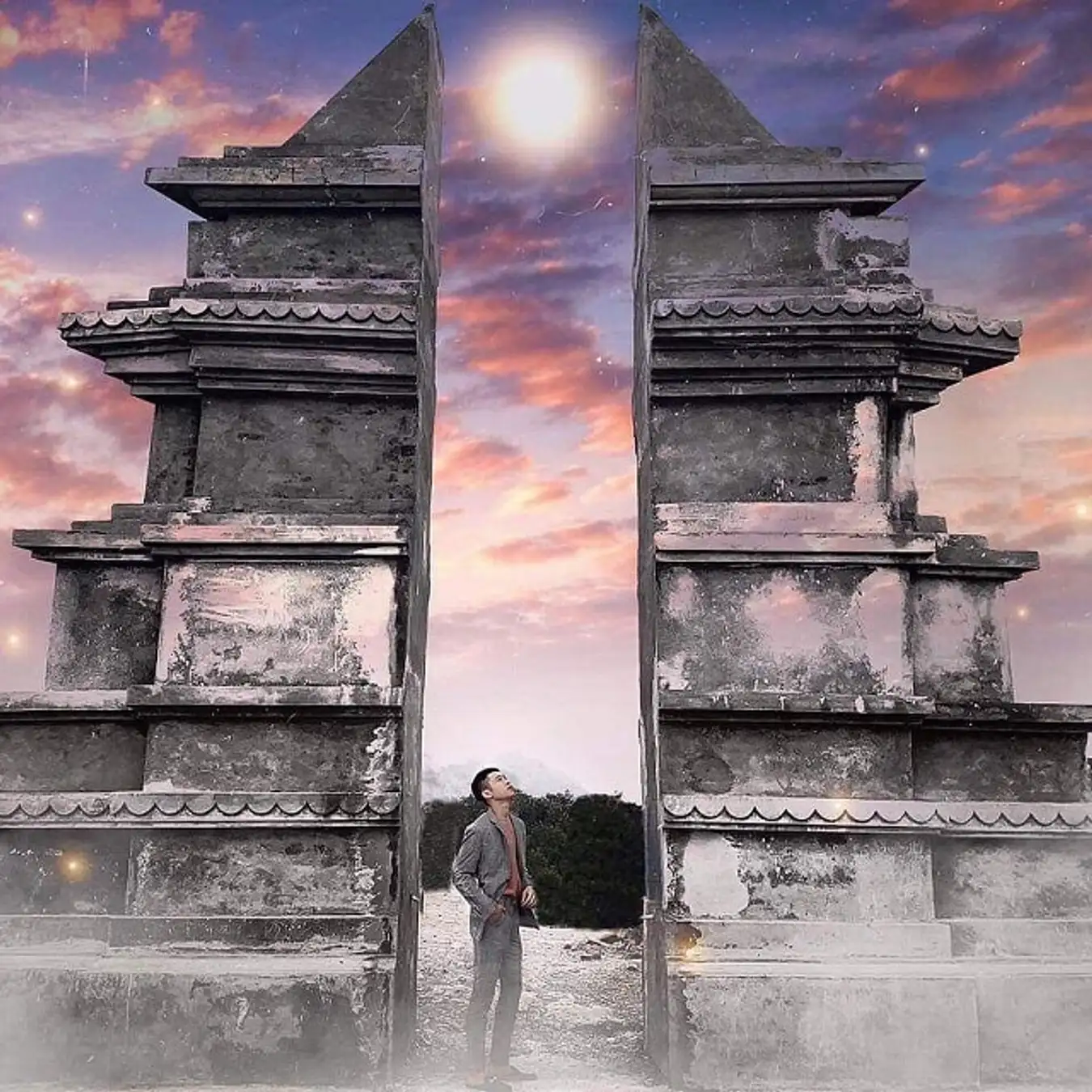
The path leading to the Sapa Heavenly Gate is currently well-maintained and beautifully planned. However, you will have to climb several hundred steps to reach the summit. The first thing that catches your eye is the panoramic view of the Northwest mountainous forest, unfolding into an immensely vast space. Next, you’ll find a “heavenly gate” modeled after the Bali Gate, where you can capture beautiful photos.
Adjacent to the courtyard is a “simulated Fansipan peak,” serving as a proud symbol for the people of Sapa and the province of Lao Cai as a whole.
Enjoy a cup of hot tea
As the altitude is only slightly lower than the summit of Fansipan, the air at the top can be quite chilly. After taking photos on your way down, it’s recommended to visit a cafe there and savor a warm ginger honey tea while enjoying the view. This will be a worthwhile pit stop.
Cloud hunting at an altitude of over 2,000 meters
In September and October each year, cloud hunting is popular in the Northwest. If you want to conquer the layers of clouds beneath you, visit one of two spots: Fansipan Peak and the Sapa Heavenly Gate. Watching the gentle, drifting white clouds in the sky is always fascinating and makes people eager to explore further.

The best time for cloud hunting is in the afternoon, around 3-4 pm, when the sun is almost setting, and the mist reduces, increasing the likelihood of capturing clouds.
Some must-visit destinations in Sapa
Along the road from the town of Sapa to the Sapa Heavenly Gate – O Quy Ho Pass, there are numerous tourist attractions. To fully enjoy the journey, you can choose additional places to visit along the route, such as:
Silver Waterfall (Thác Bạc)
Located approximately 12 km from the town of Sapa towards Lai Chau in San Xa Ho Commune, Sapa District, Lao Cai Province, Silver Waterfall is the most beautiful waterfall in Sapa. During the rainy season, the water cascades down with powerful force, creating a frothy white foam that resembles a silver ribbon. Hence the name Silver Waterfall.
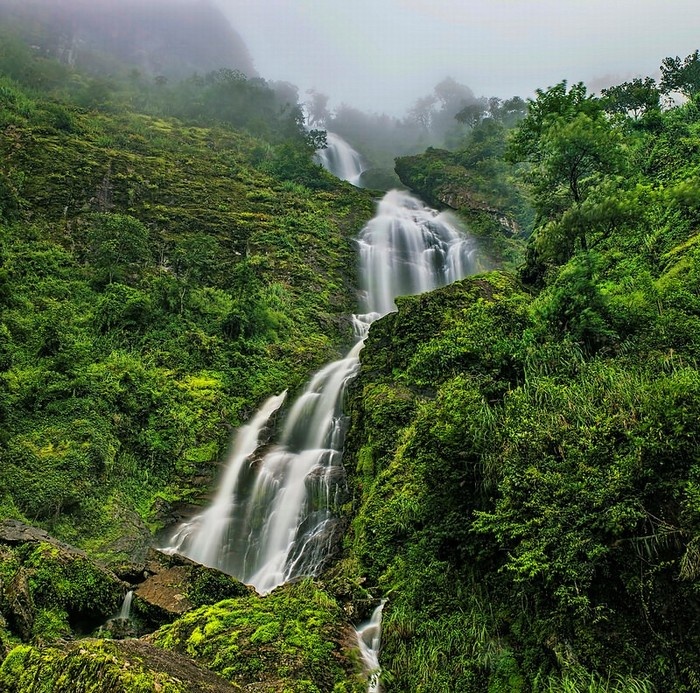
When you arrive here, you’ll feel like you’ve stepped into another world. Silver Waterfall appears as a high mountain crevice, and the rushing water creates a white foamy spectacle. Each cascade of the waterfall brings a different emotional experience.
Love Waterfall (Thác Tình Yêu)
Love Waterfall is located on the way to the Sapa Heavenly Gate, about 2 km from the Silver Waterfall area. With a height of 1,800 meters above sea level, it is nestled deep within the area of Hoang Lien Son National Park. The wild beauty of the vibrant red and yellow rhododendron flowers intertwined with the lush green bamboo in the mountain breeze creates a close connection to nature.

Sapa Cloud Dragon Glass Bridge
The Sapa Cloud Dragon Glass Bridge was officially opened in 2020 and is situated on the O Quy Ho Pass. Here, visitors walk on a glass bridge with the entrance path leading deep into the mountain. After that, an elevator system with a 70m diagonal lift takes visitors to a height of 2,200m above sea level, and the bridge is suspended 60m from the mountain wall, creating a sensation of floating in mid-air. The ticket price here is 400,000 VND/adult and 200,000 VND/child.
Notes when visiting the Sapa Heavenly Gate
- The road along O Quy Ho Pass is quite challenging, but due to its many beautiful landscapes, adventure enthusiasts are eager to test themselves by using motorcycles to ascend the pass. However, please note not to travel during the winter season because occasionally there is snowfall in this area, making the road dangerously slippery. O Quy Ho Pass is the longest mountain pass in Vietnam, spanning a small area in Lao Cai province, with the remainder belonging to Lai Chau province. Consequently, the daily traffic of trucks transporting goods through this pass is high, so motorcycle travelers need to be extremely cautious.
- It’s advisable to visit the Sapa Heavenly Gate in the afternoon! In the morning, there is often a lot of mist, making it difficult to capture beautiful virtual and vibrant photos.
This Sapa Heaven Gate is a place of majestic and pristine beauty, furthermore, it is a famous check-in location for travelers who love photography. No matter when visitors come here, they do not want to leave on their journey.

